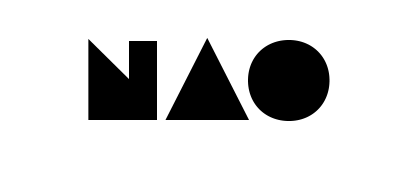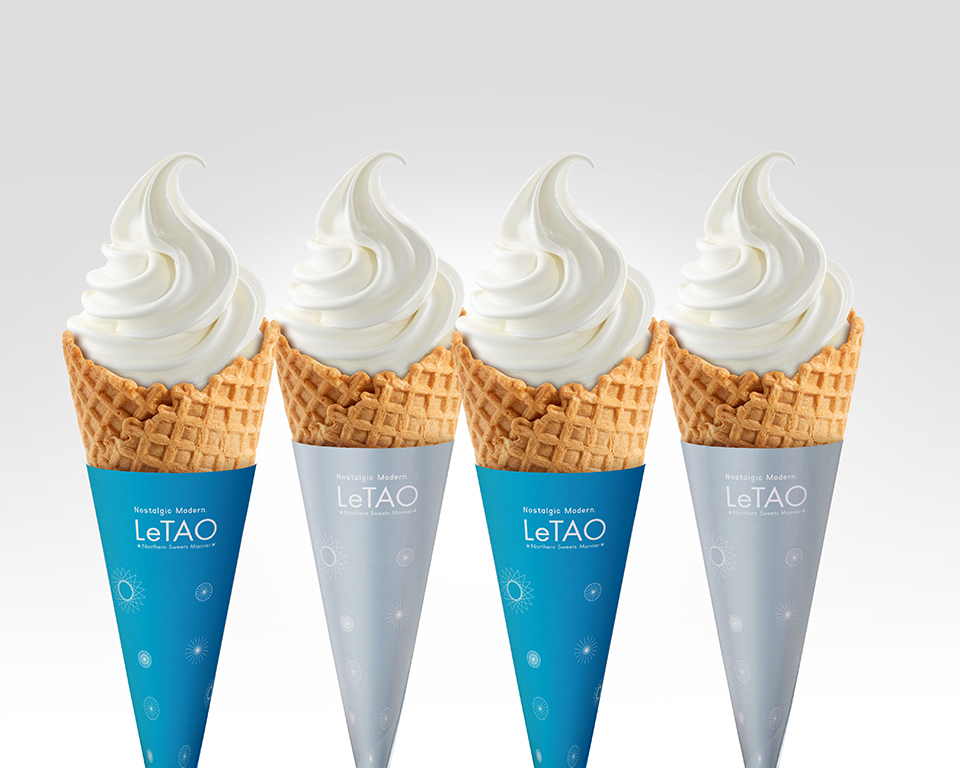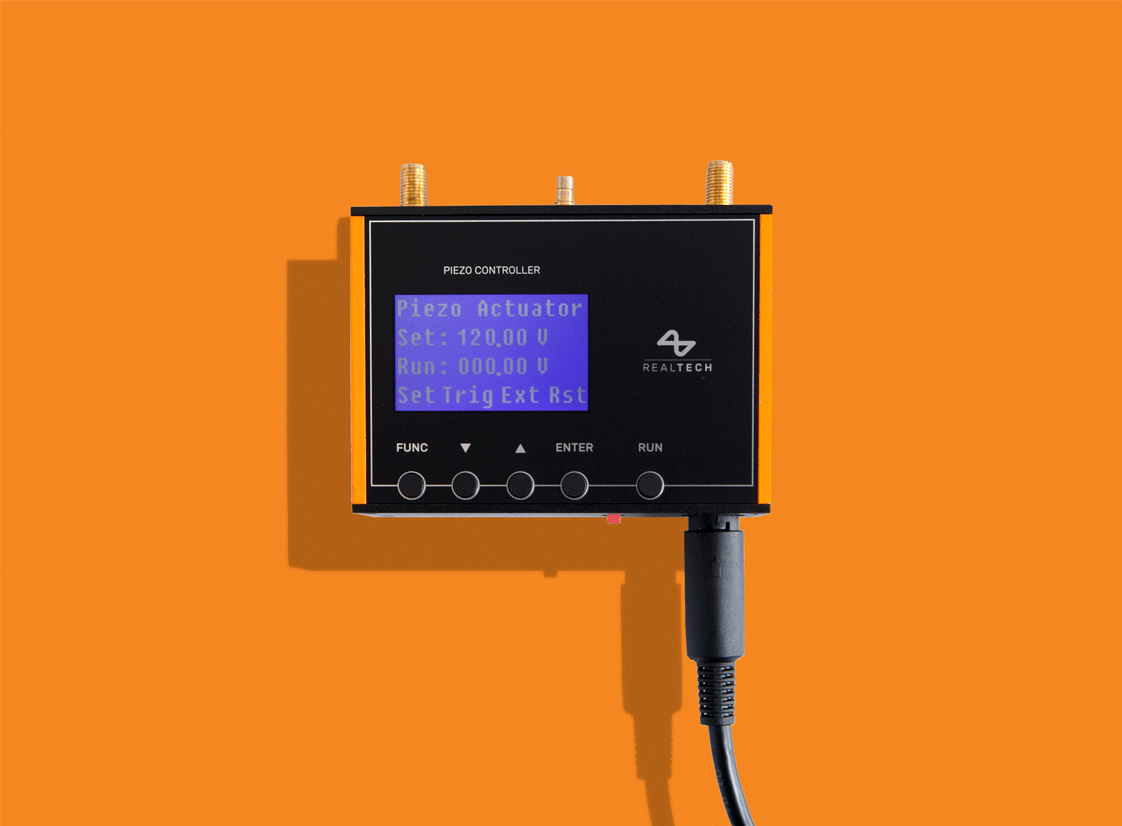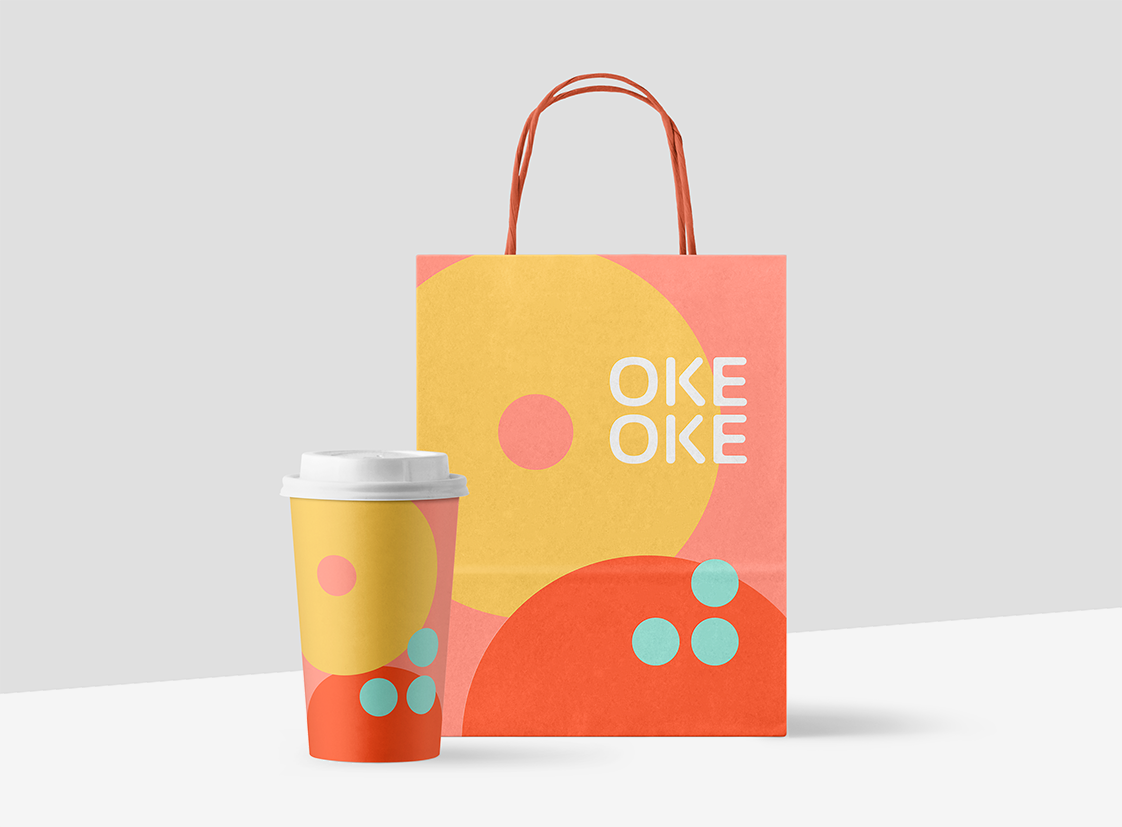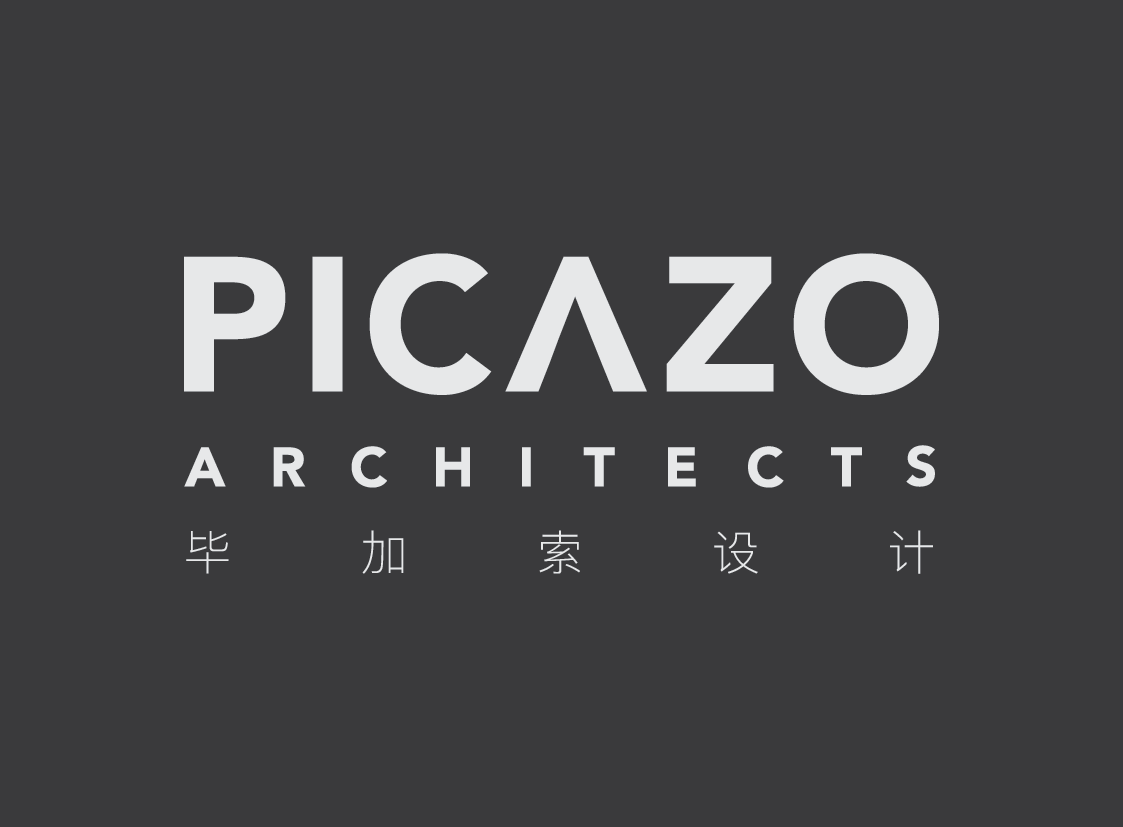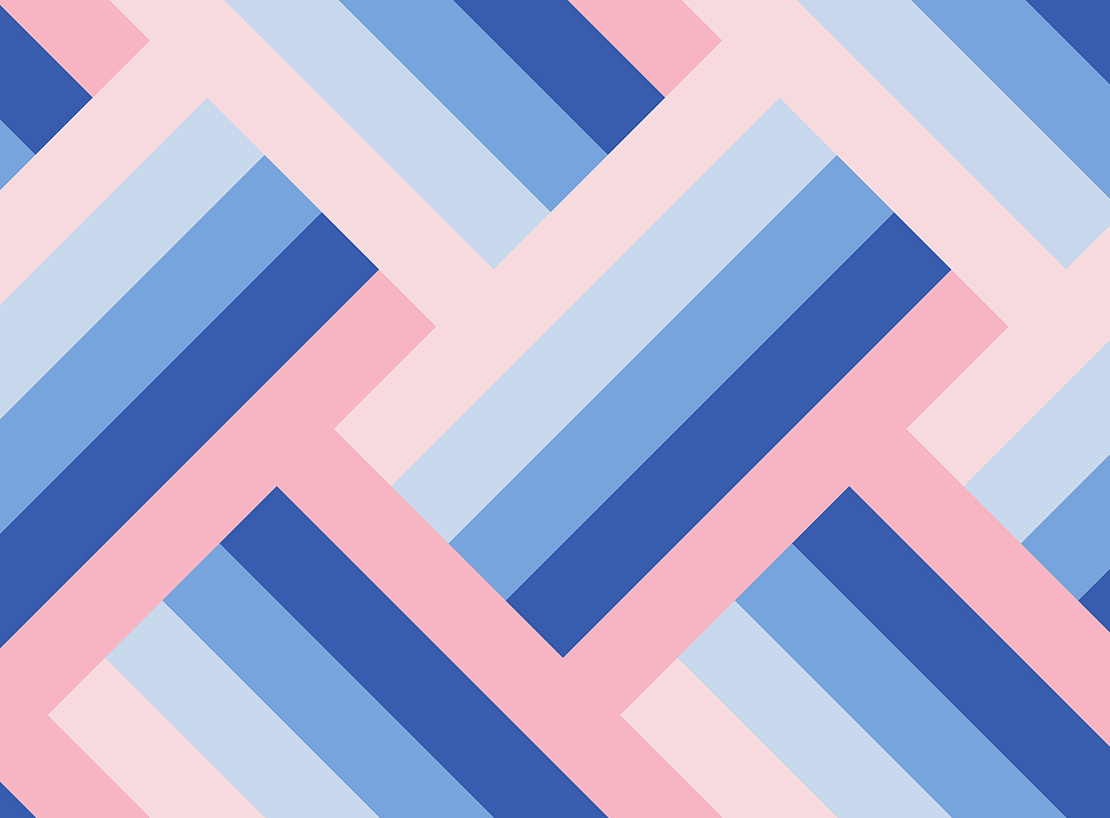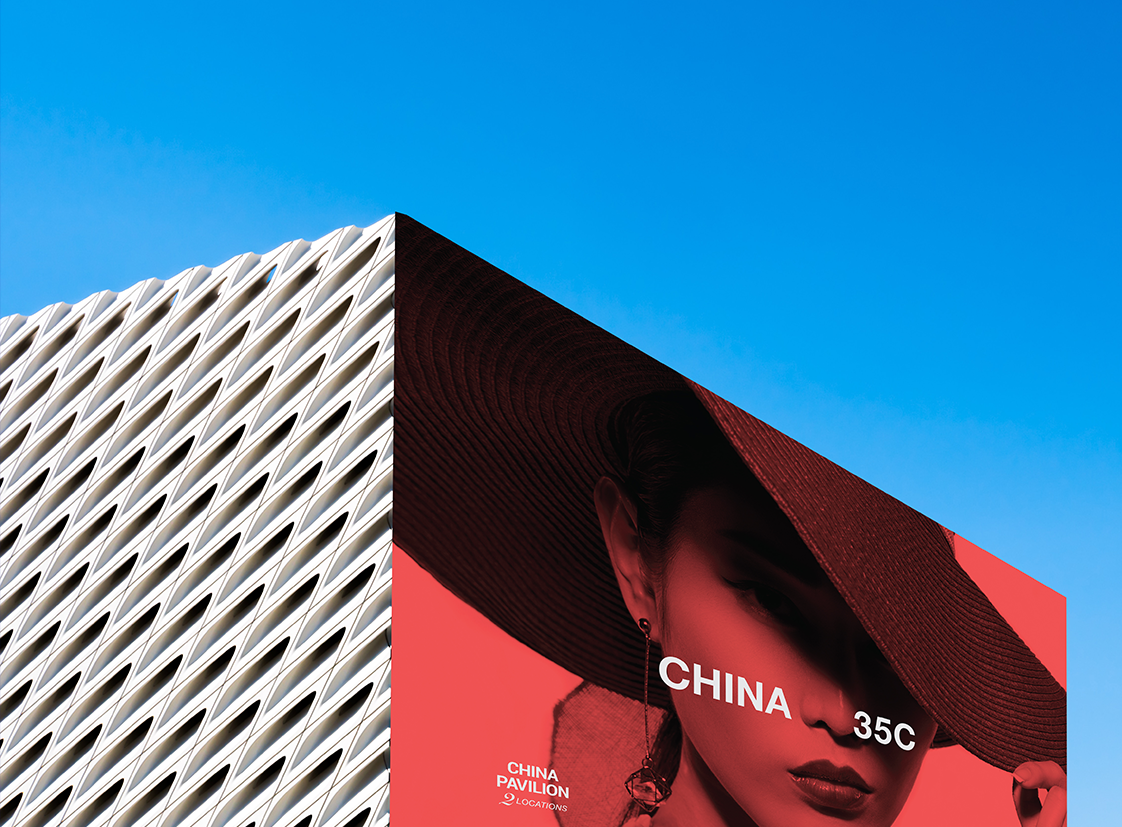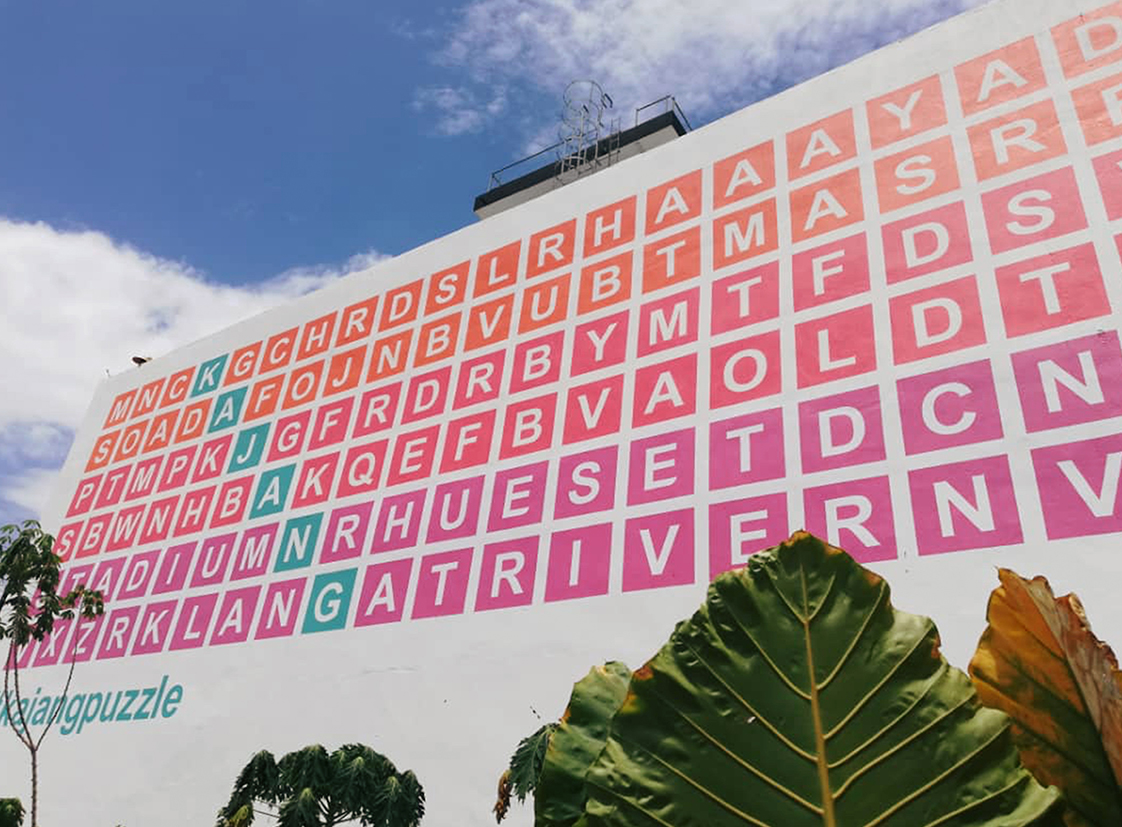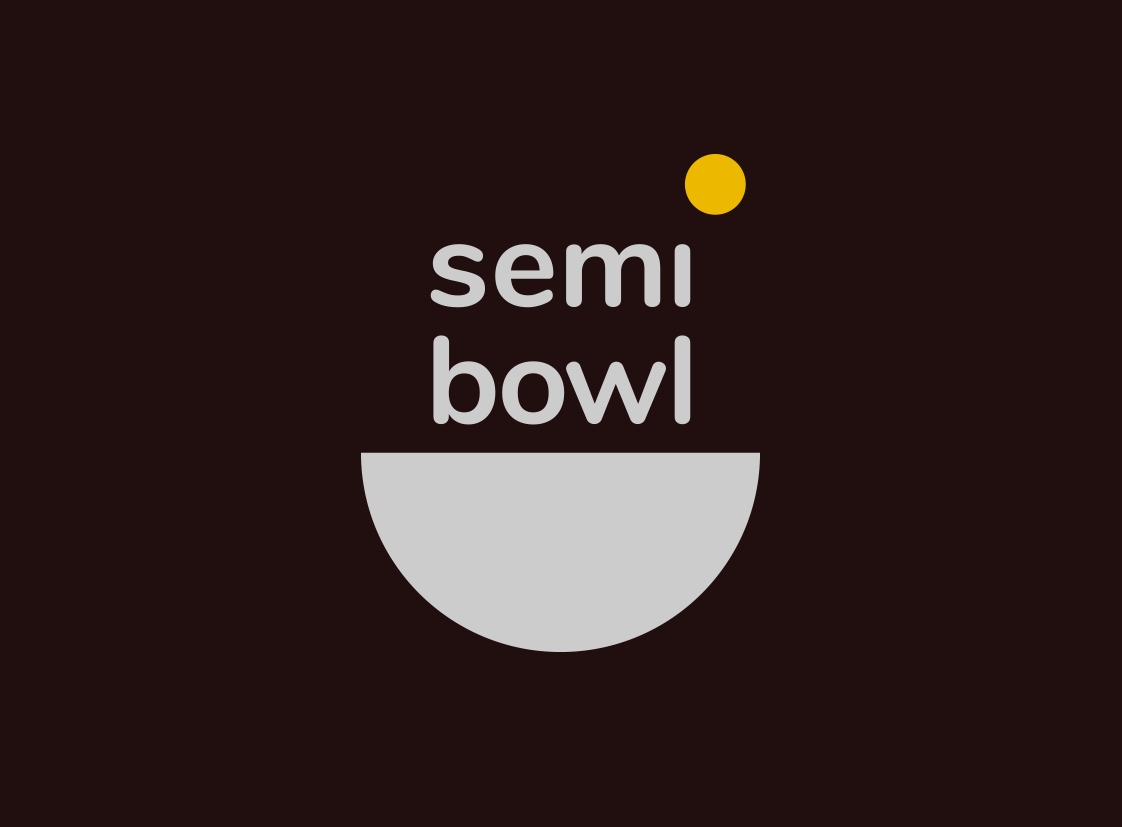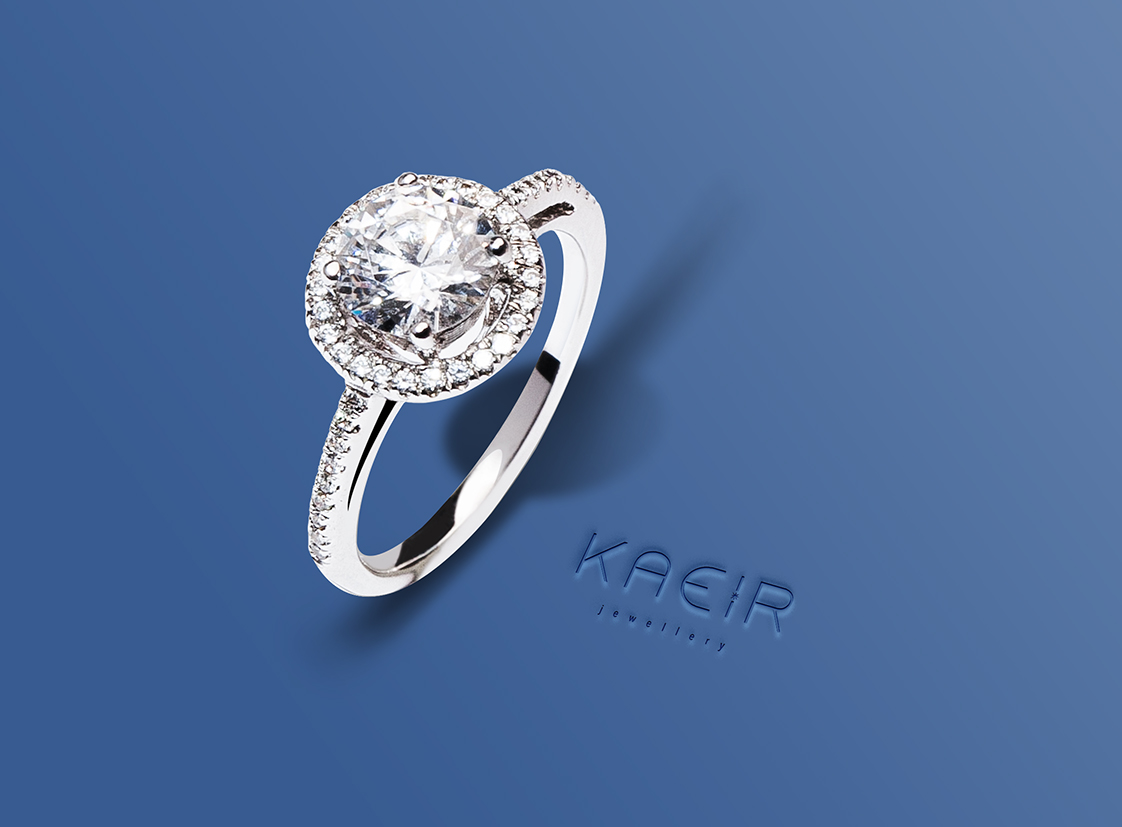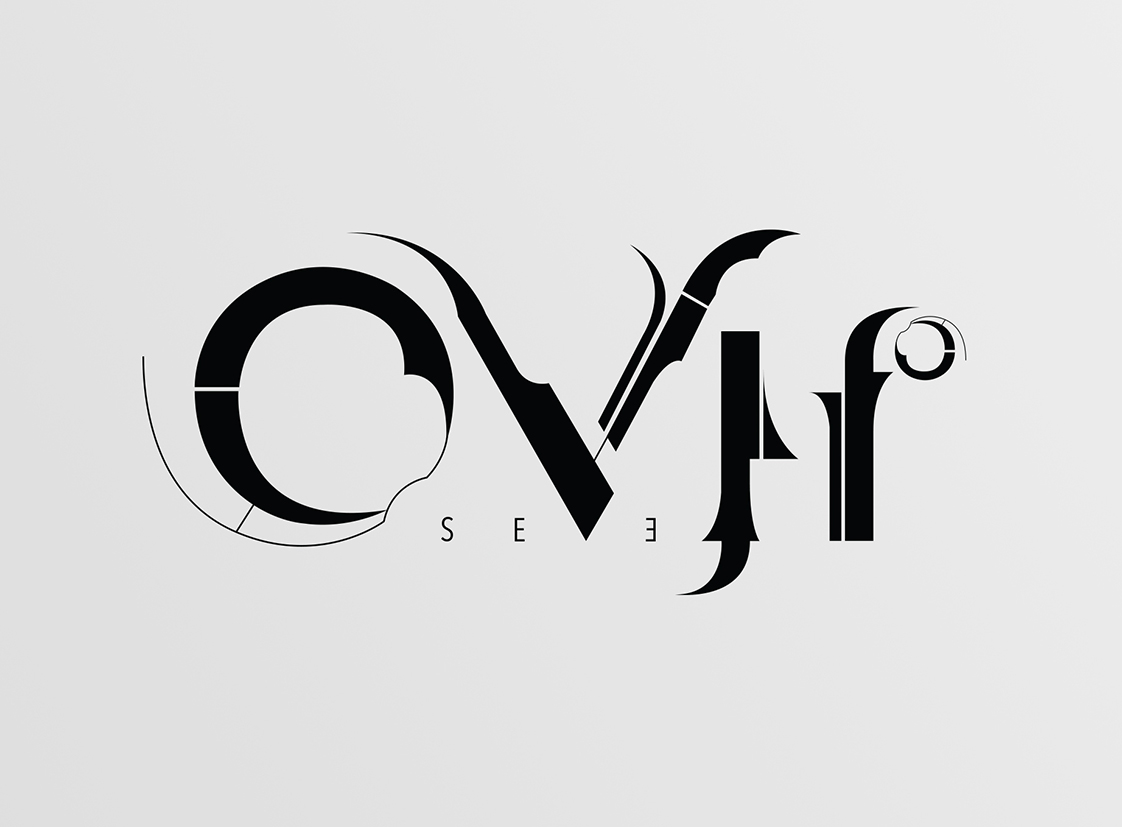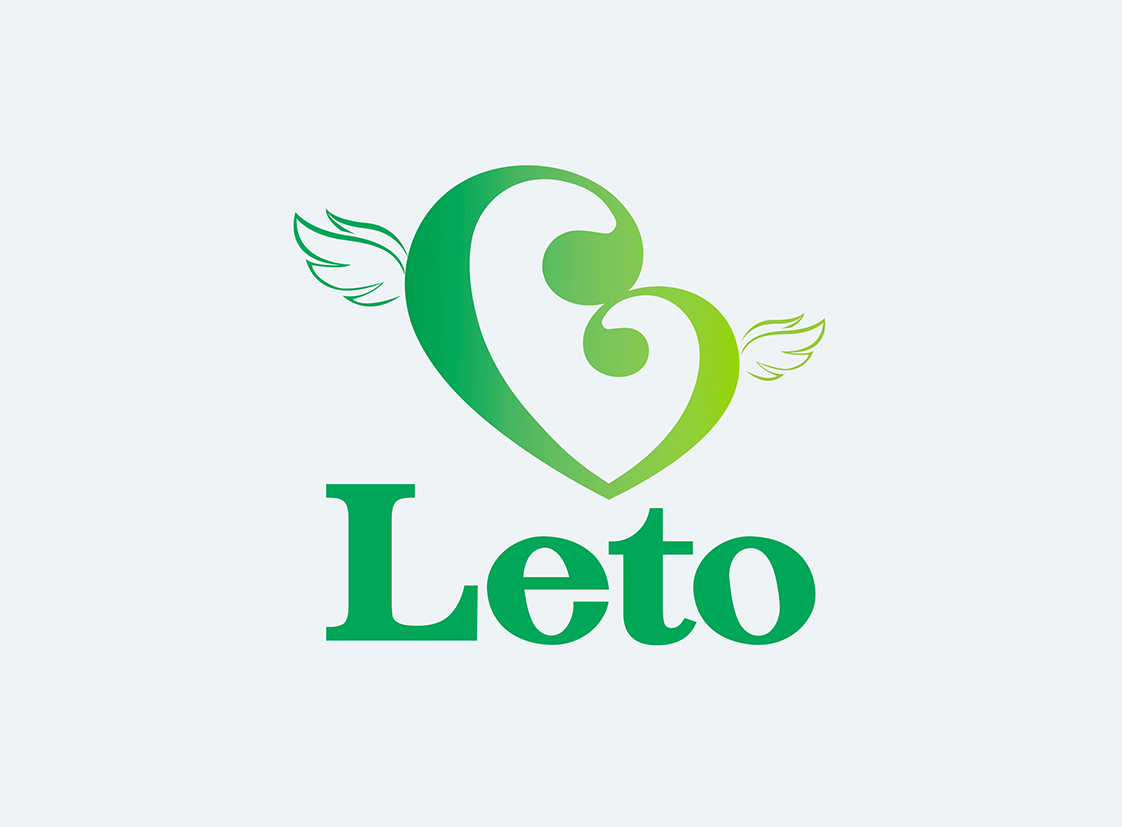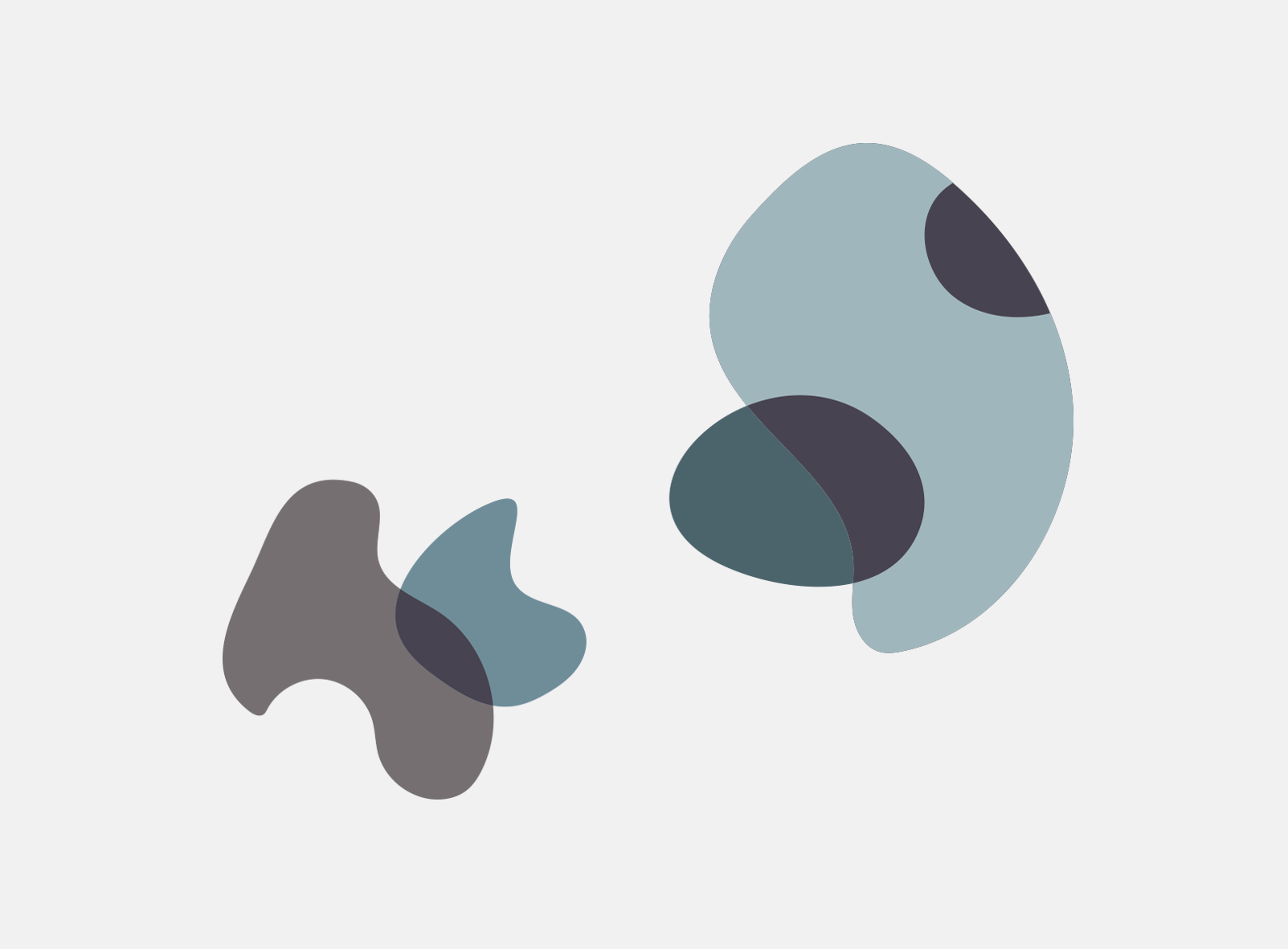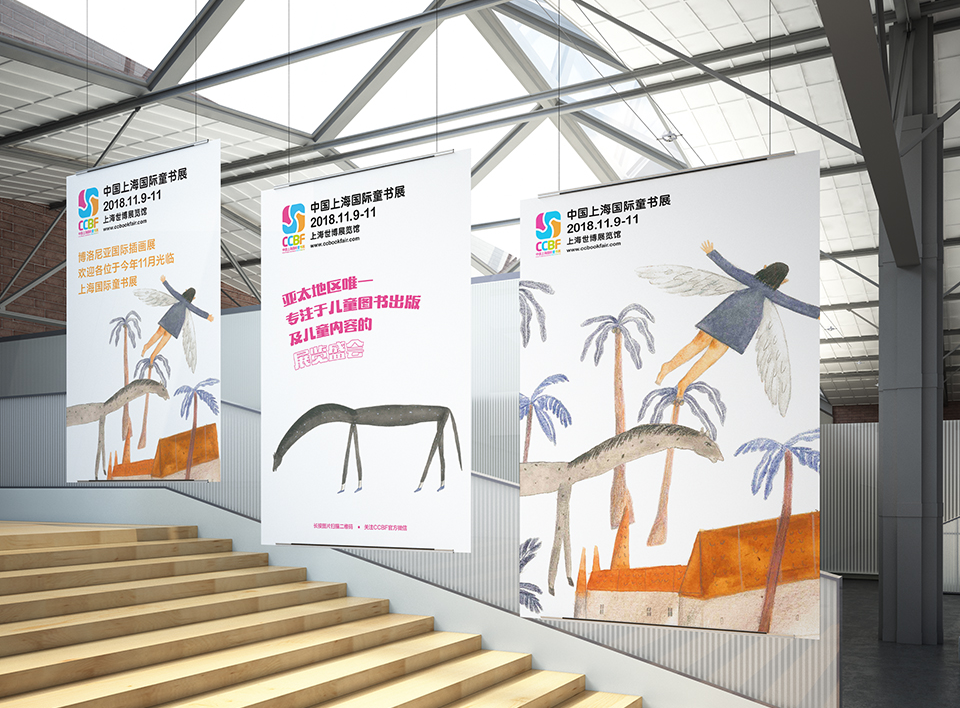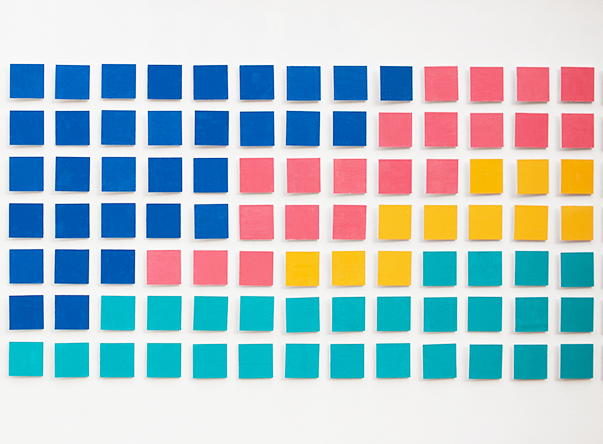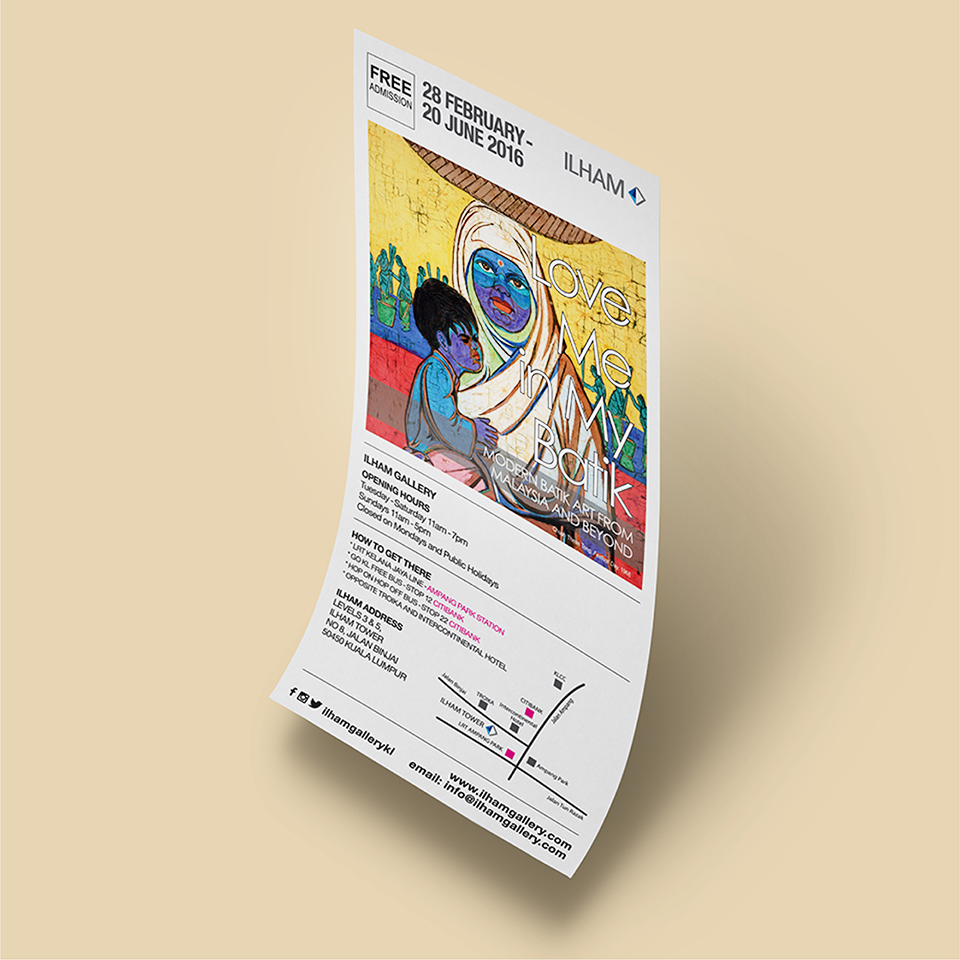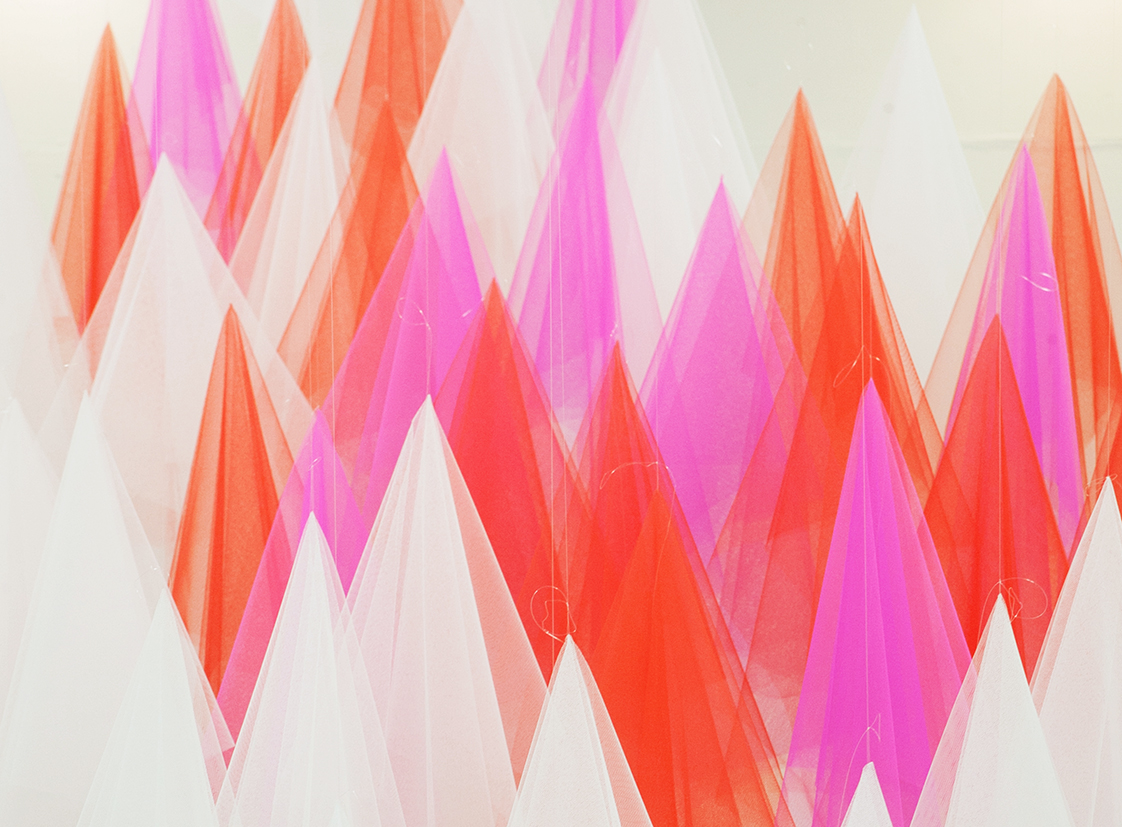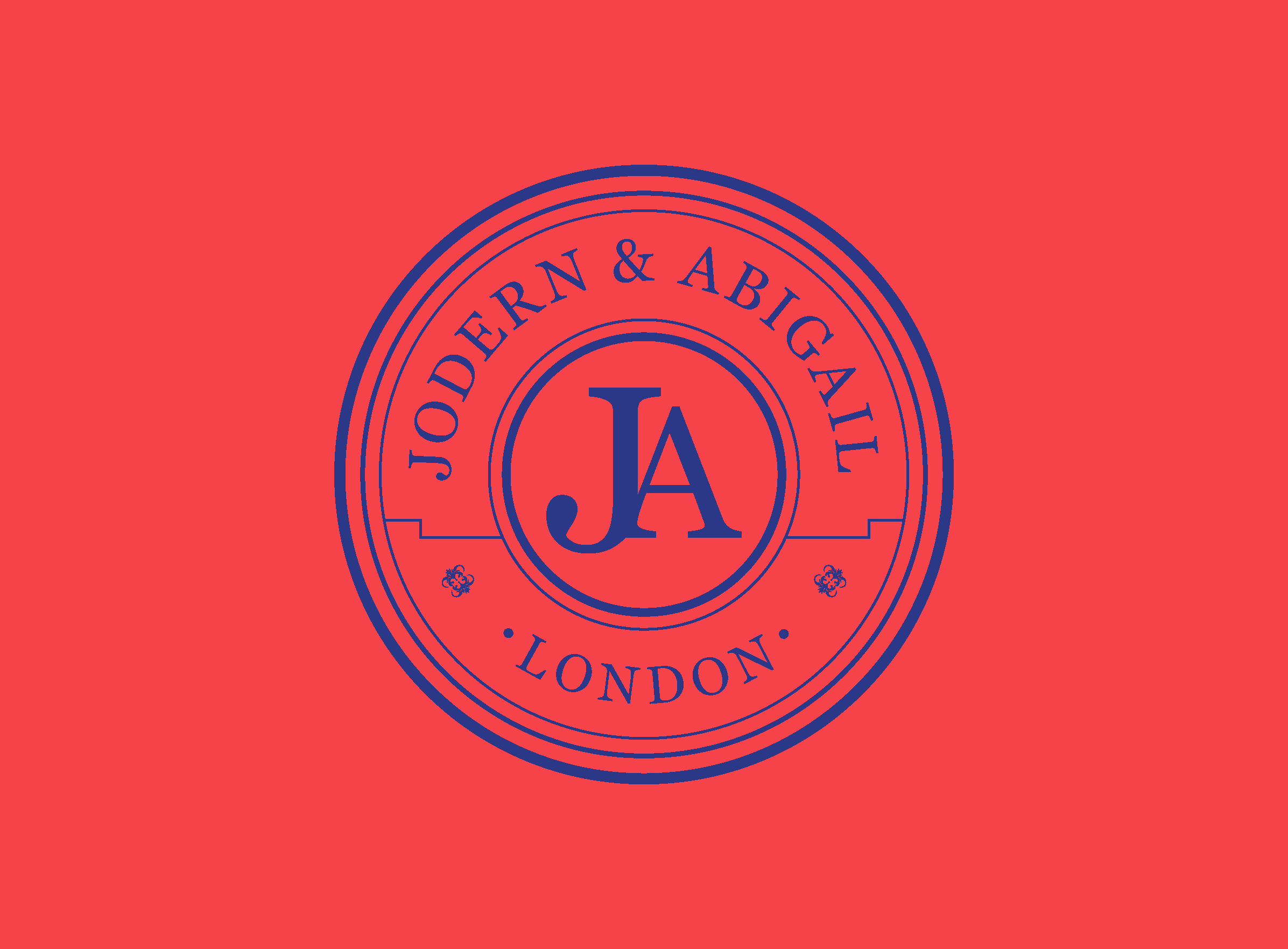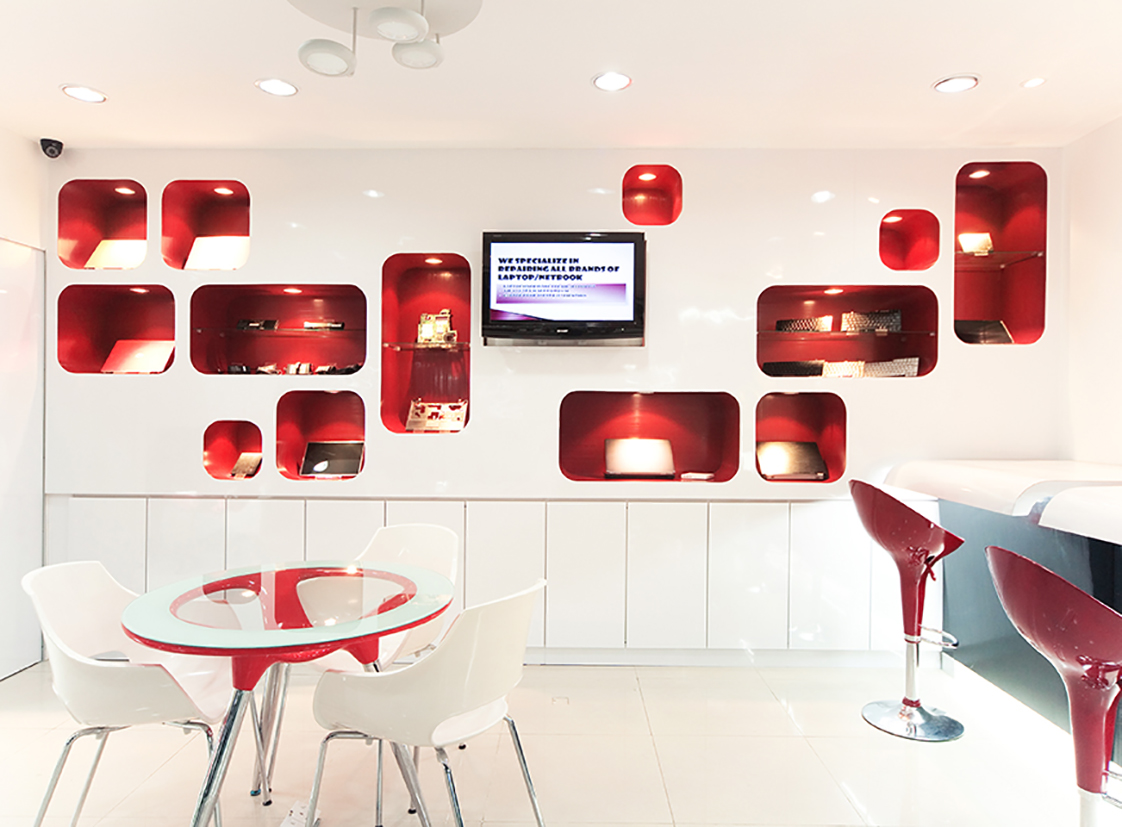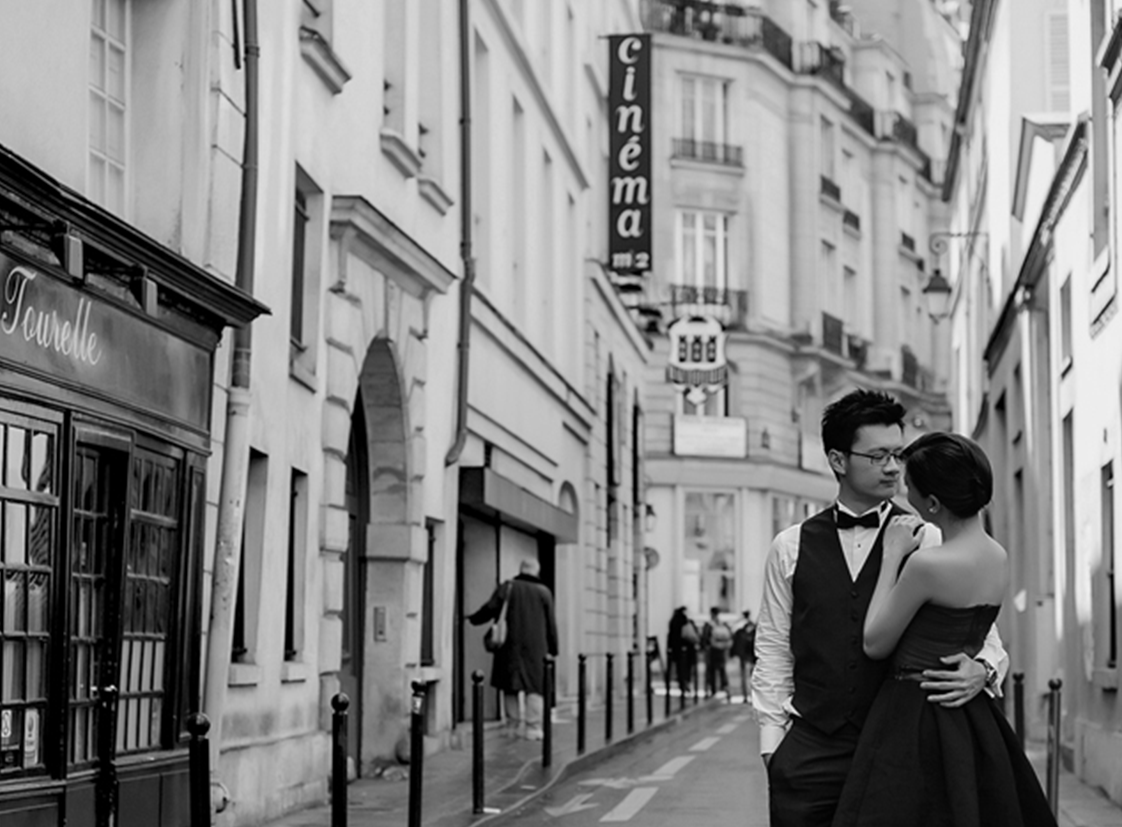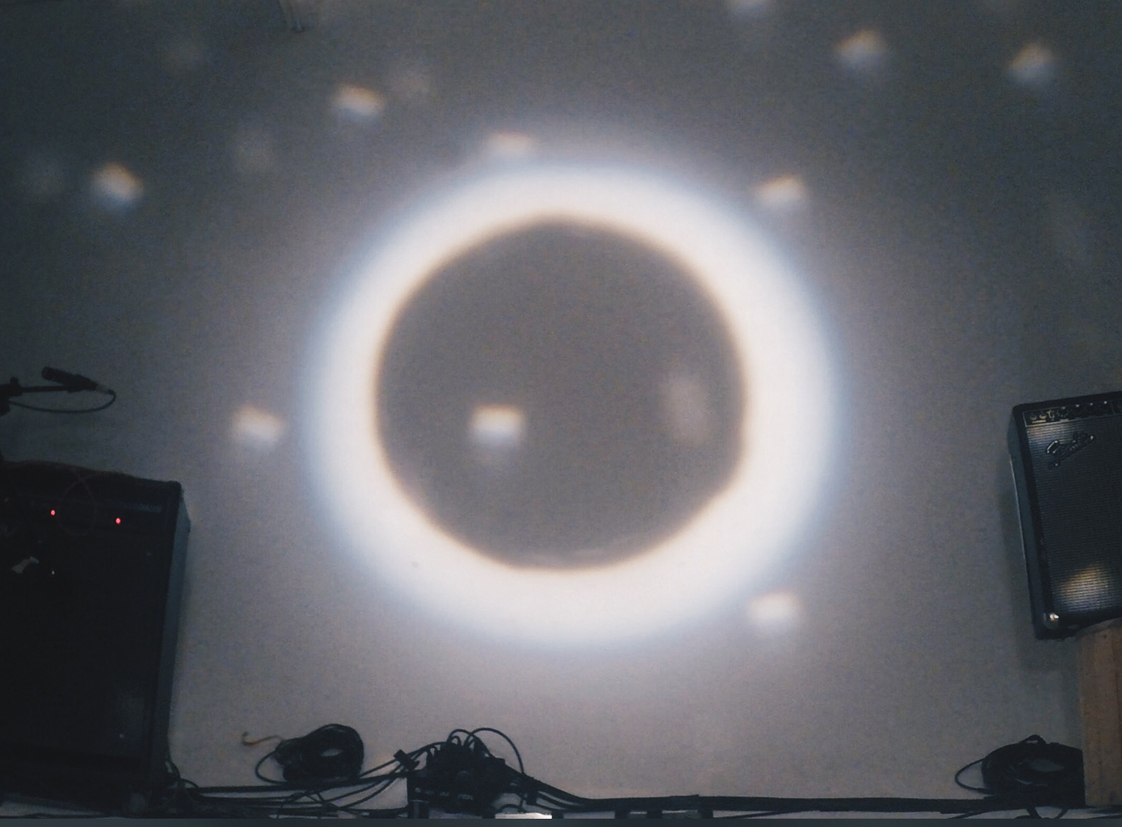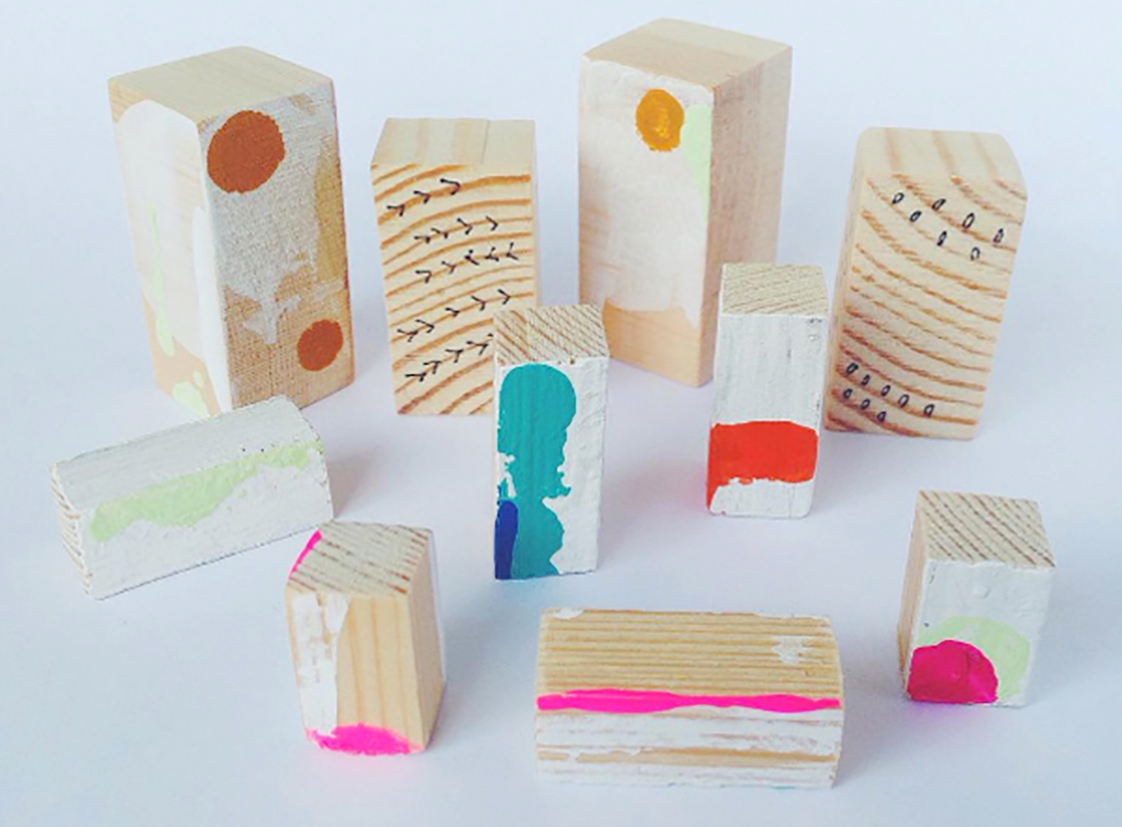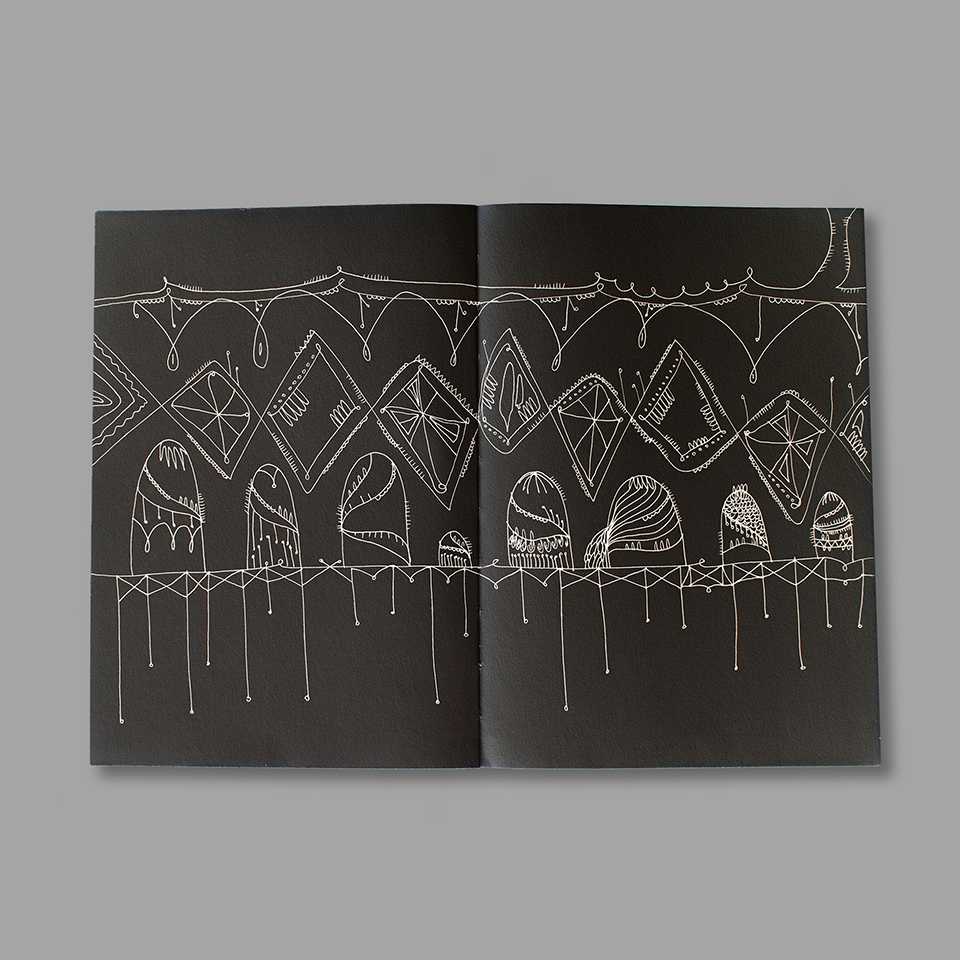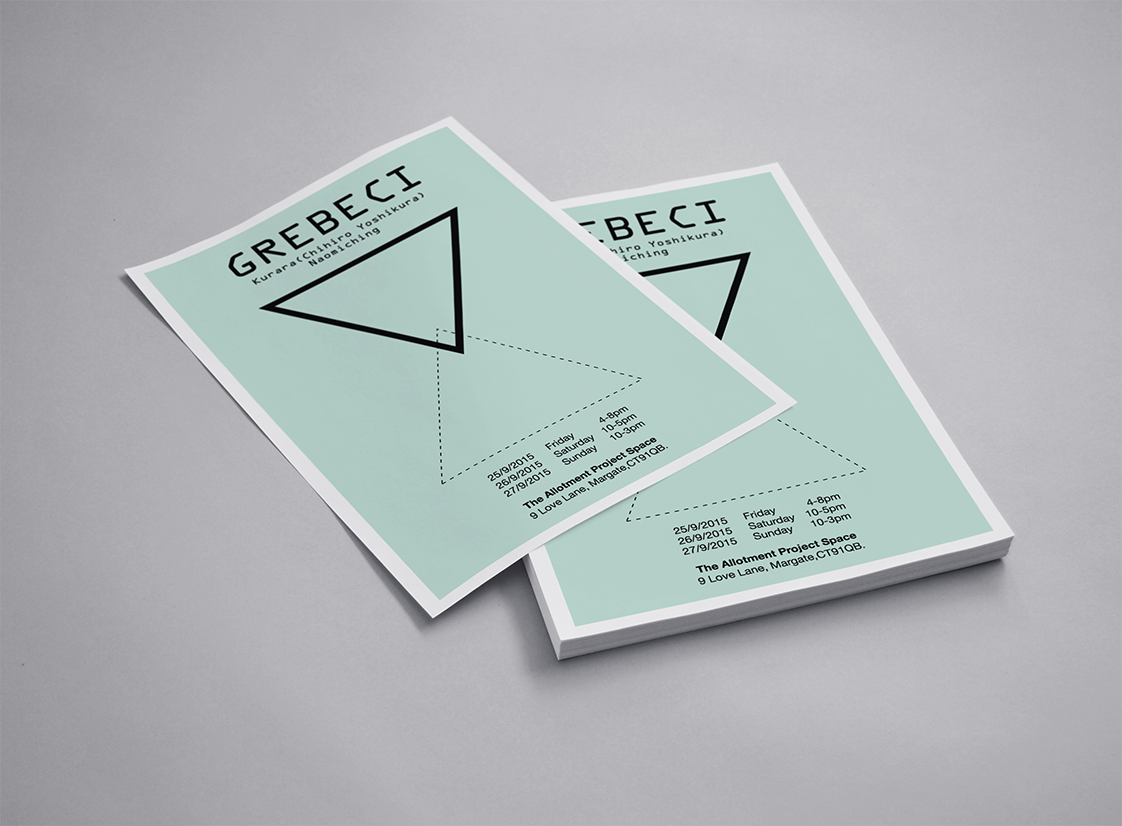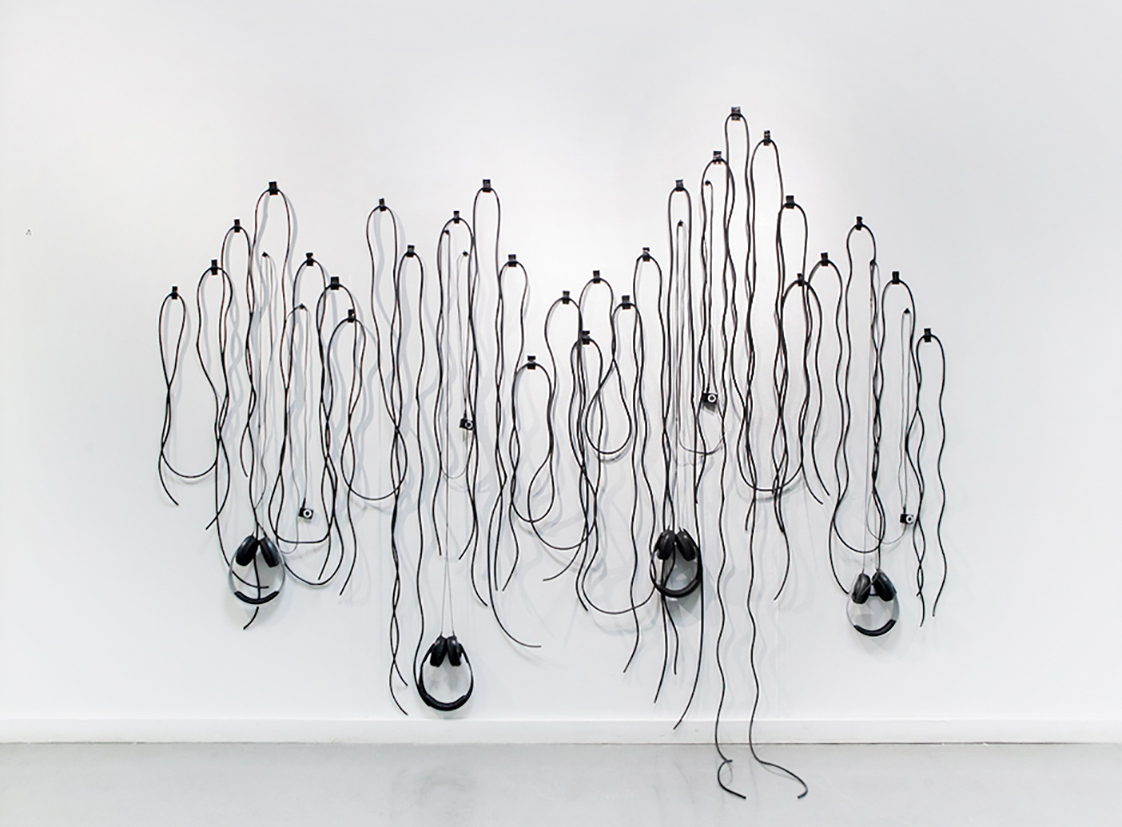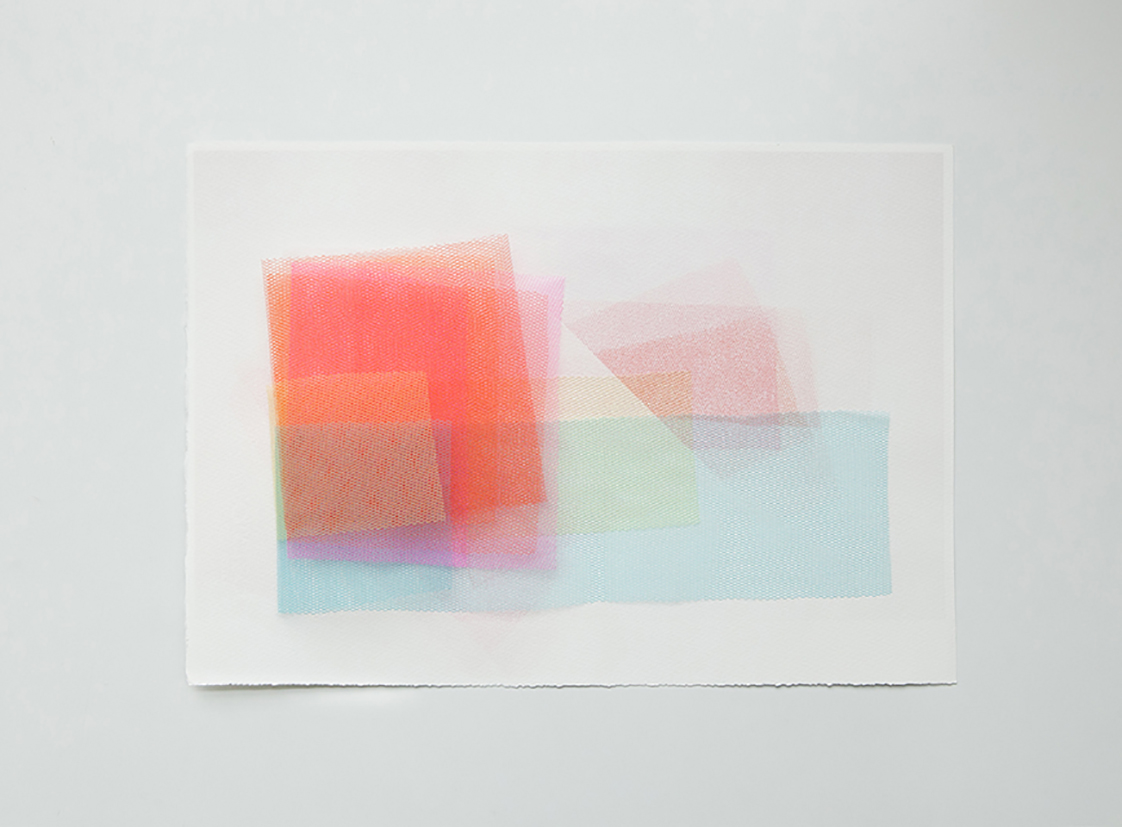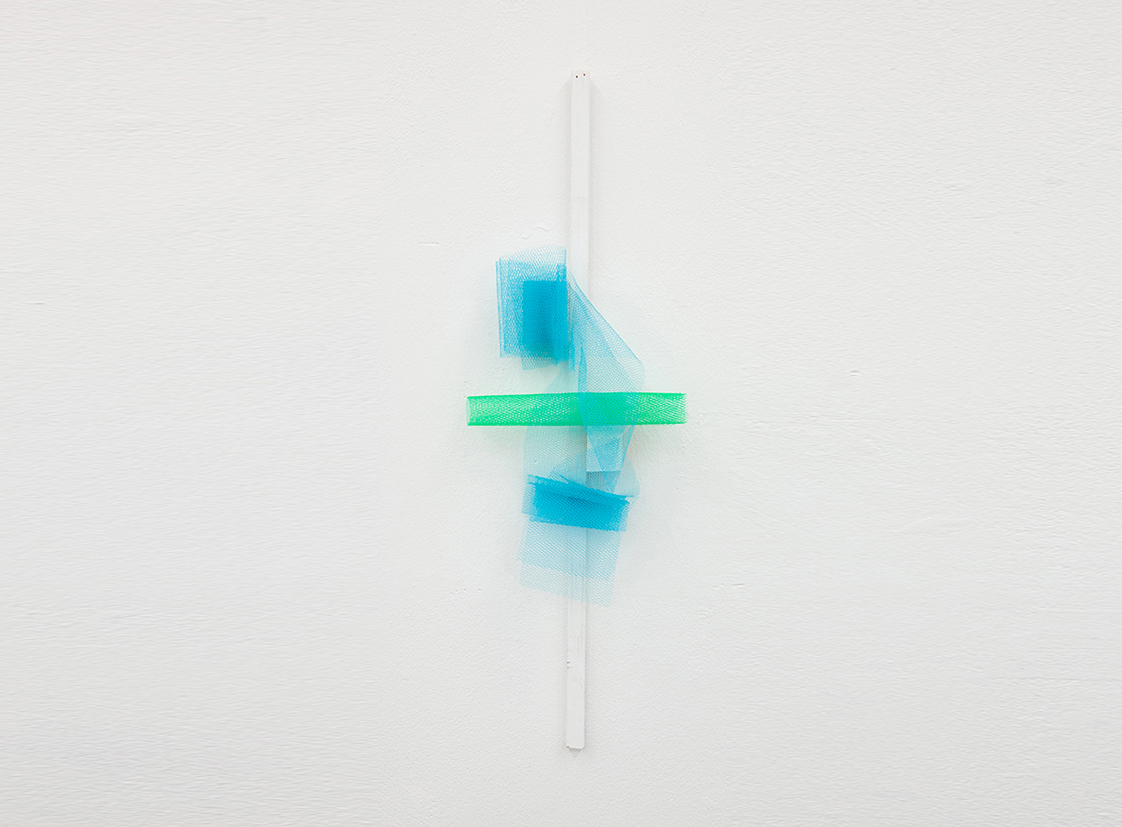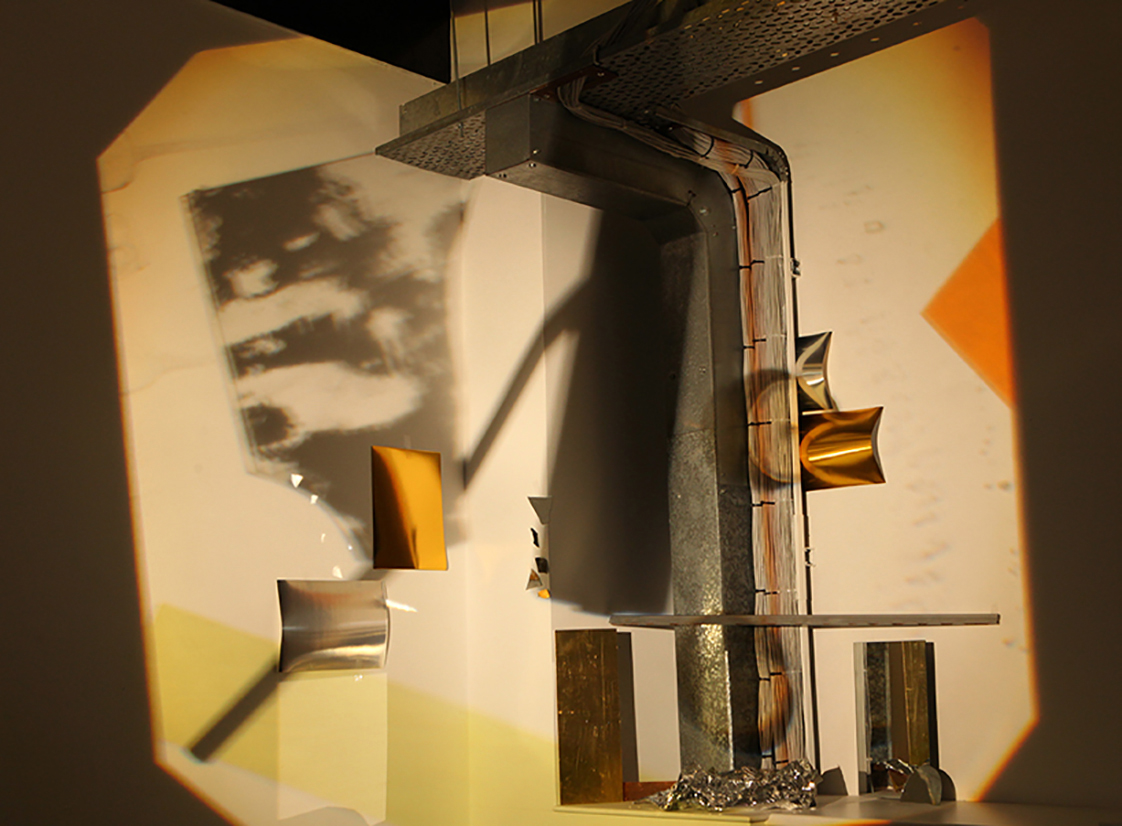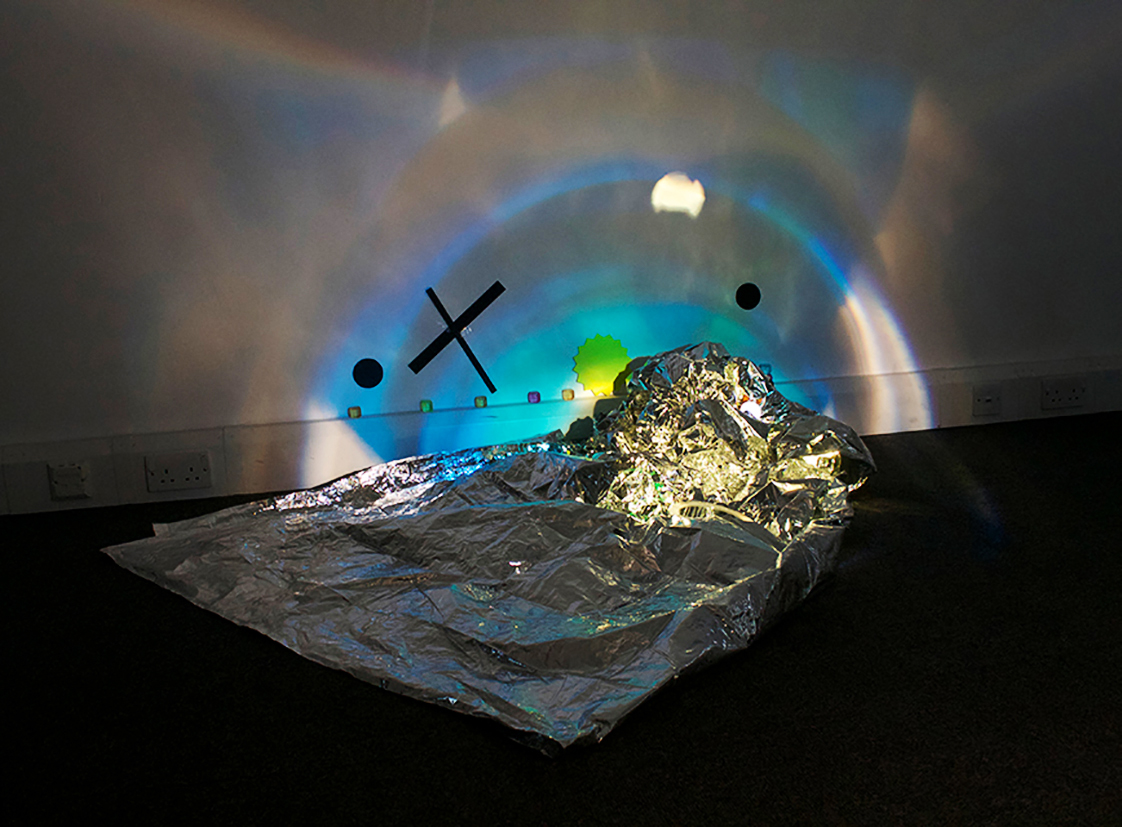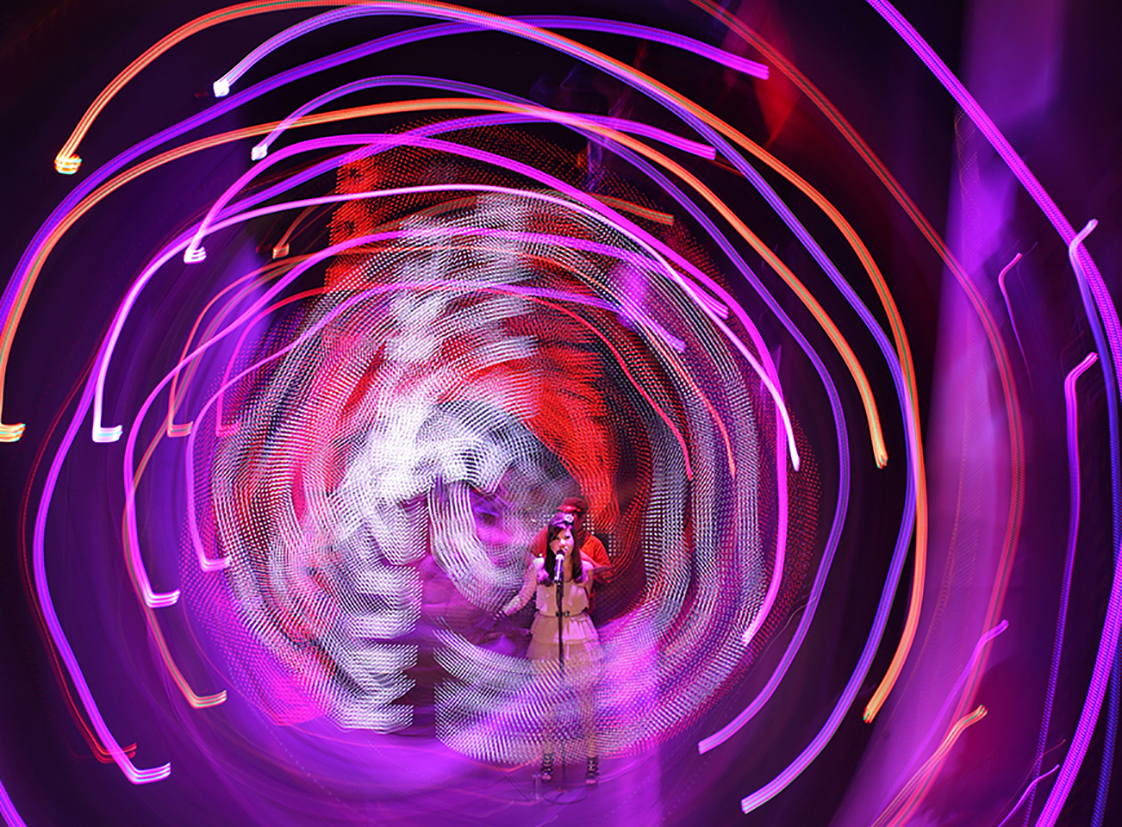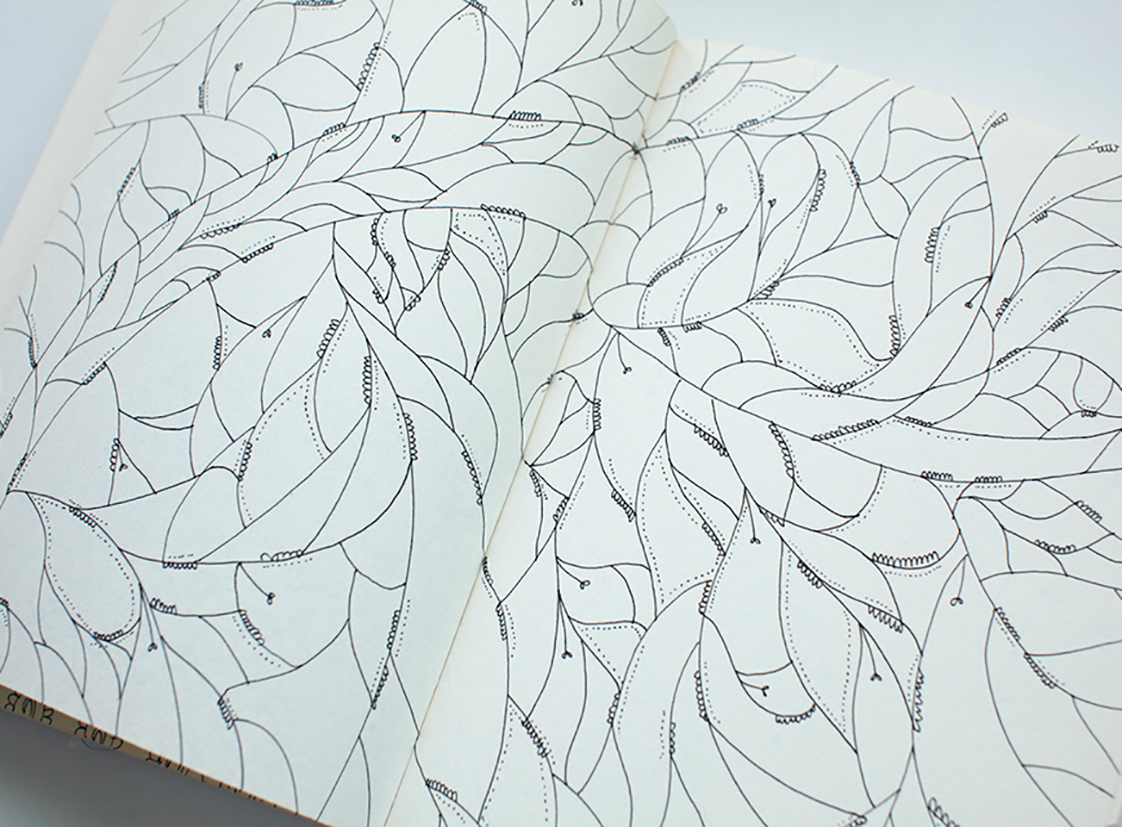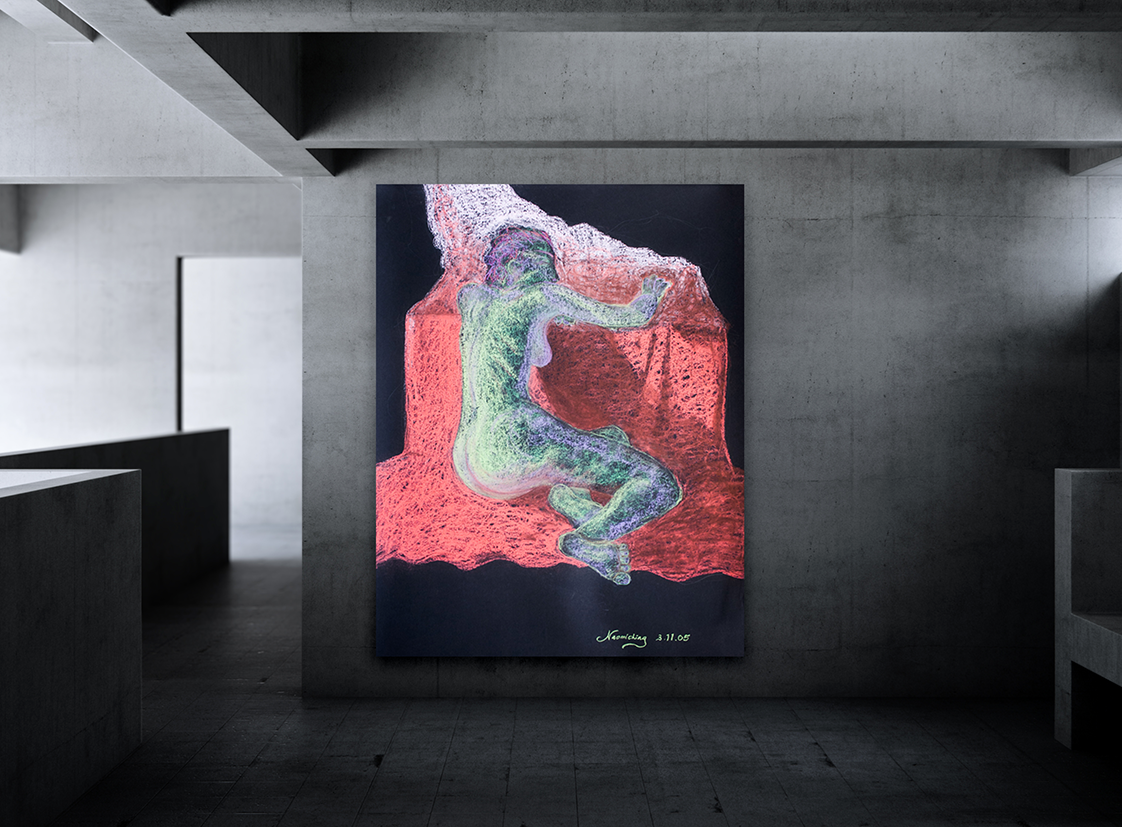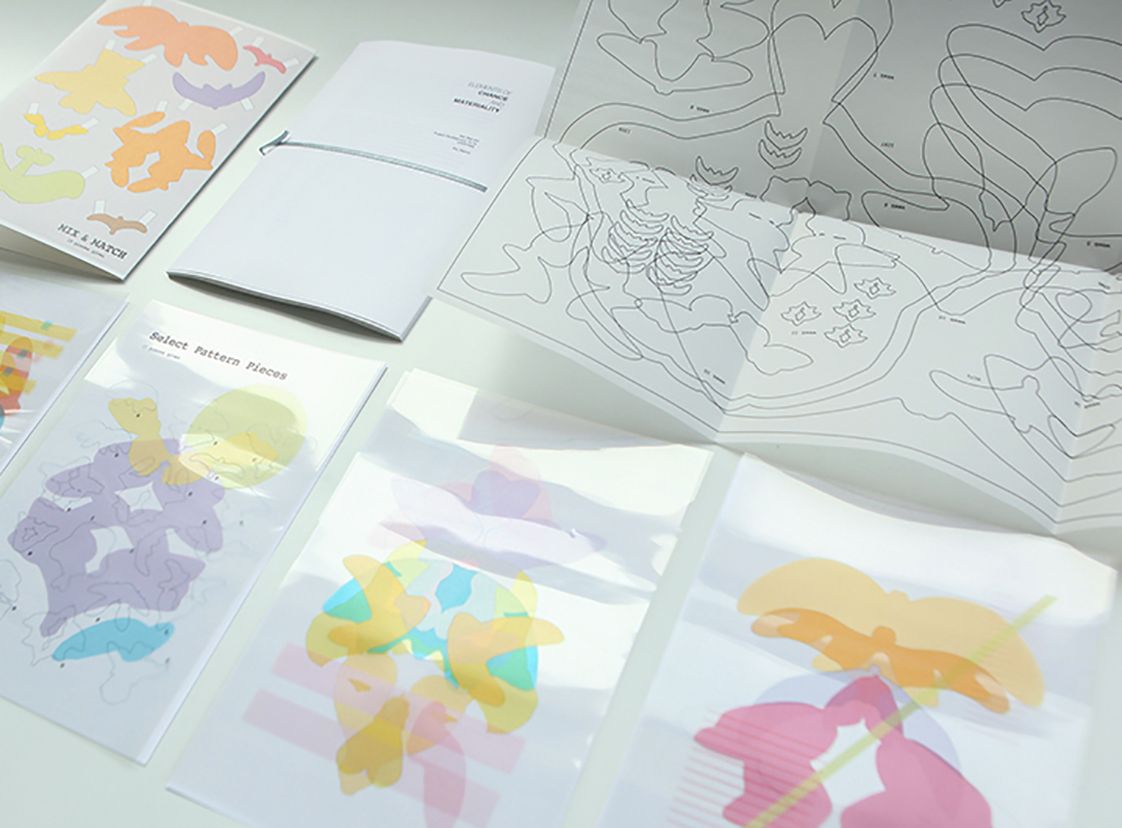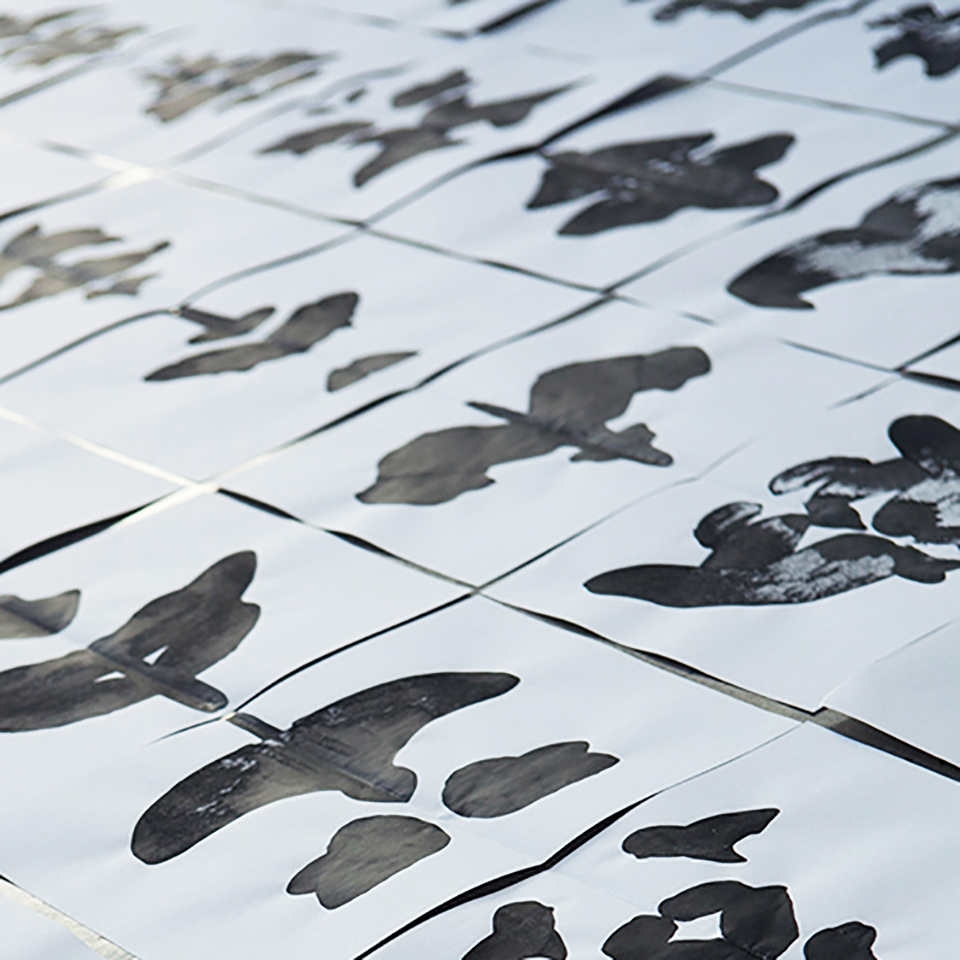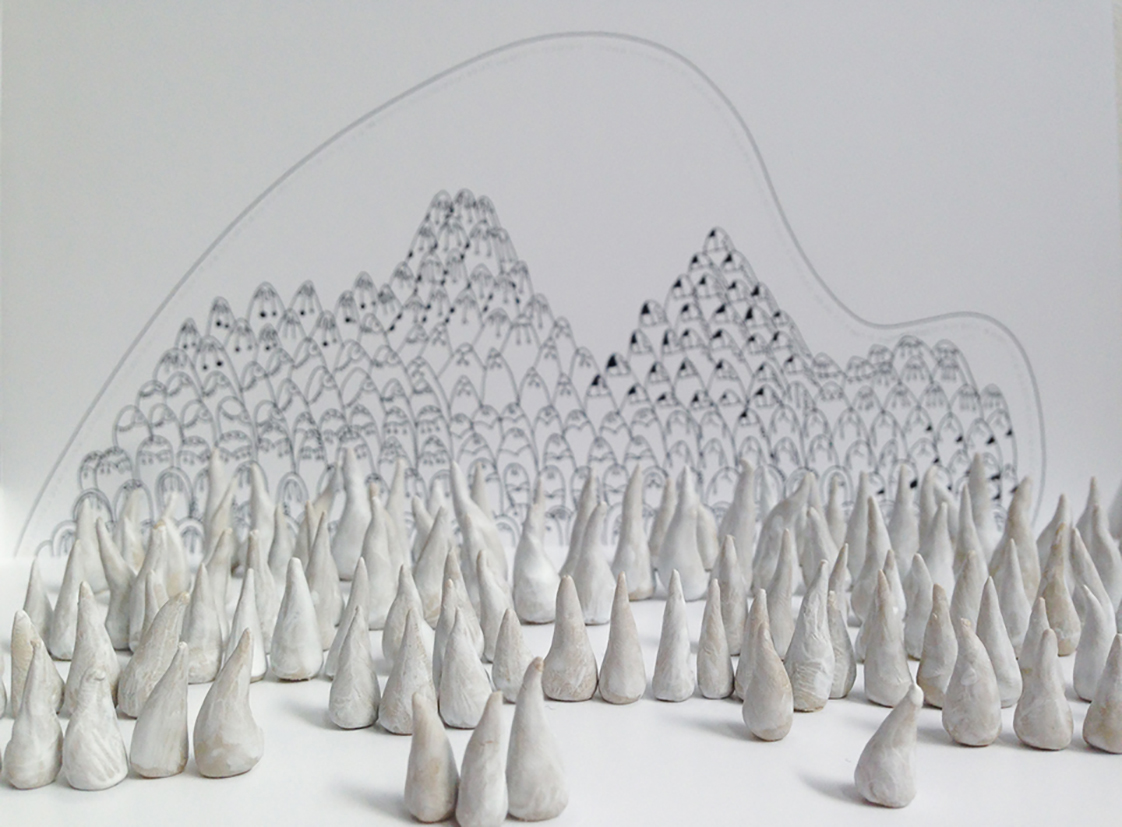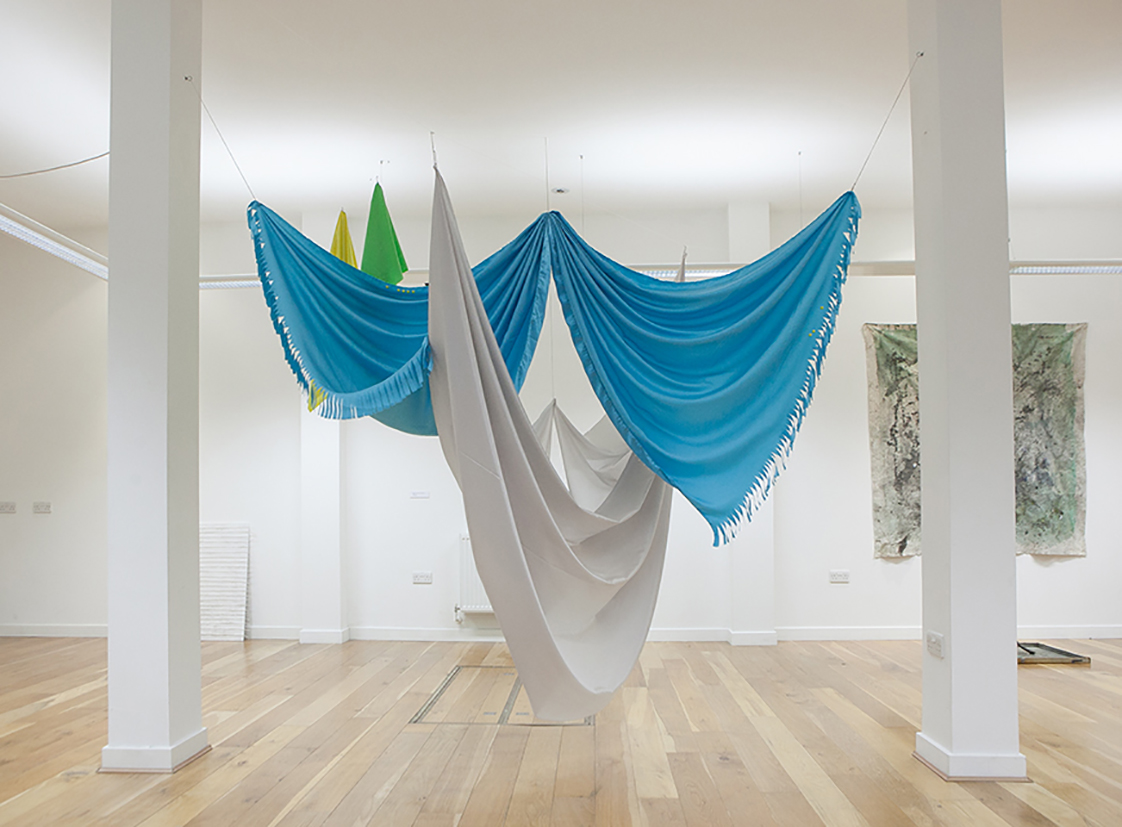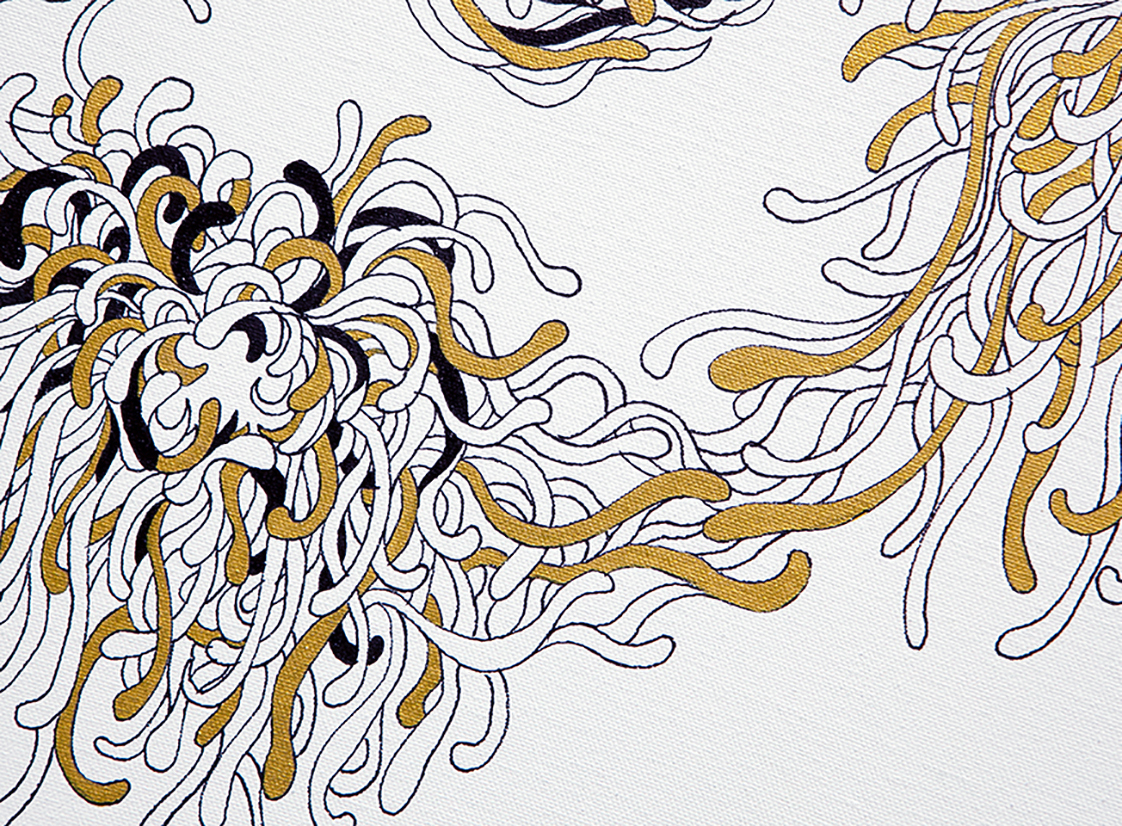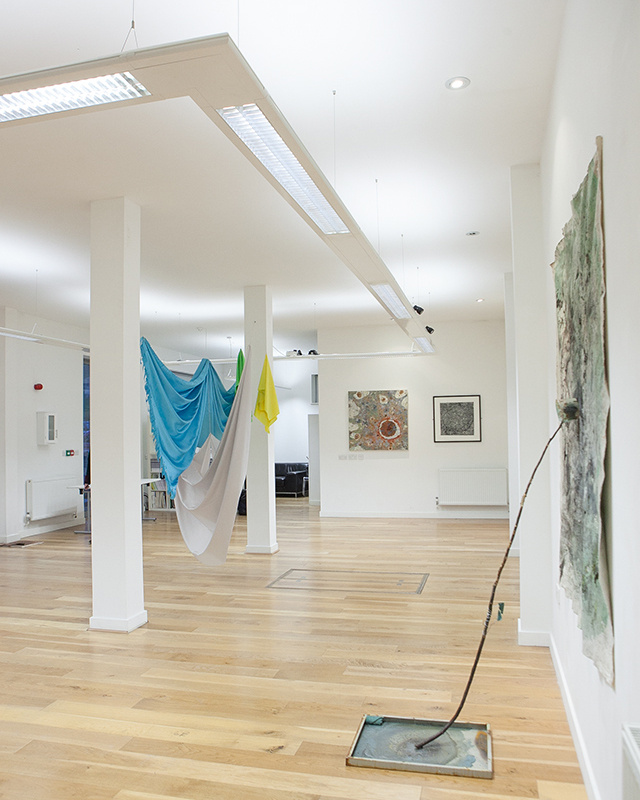Symmetry – Asymmetry
May 2015
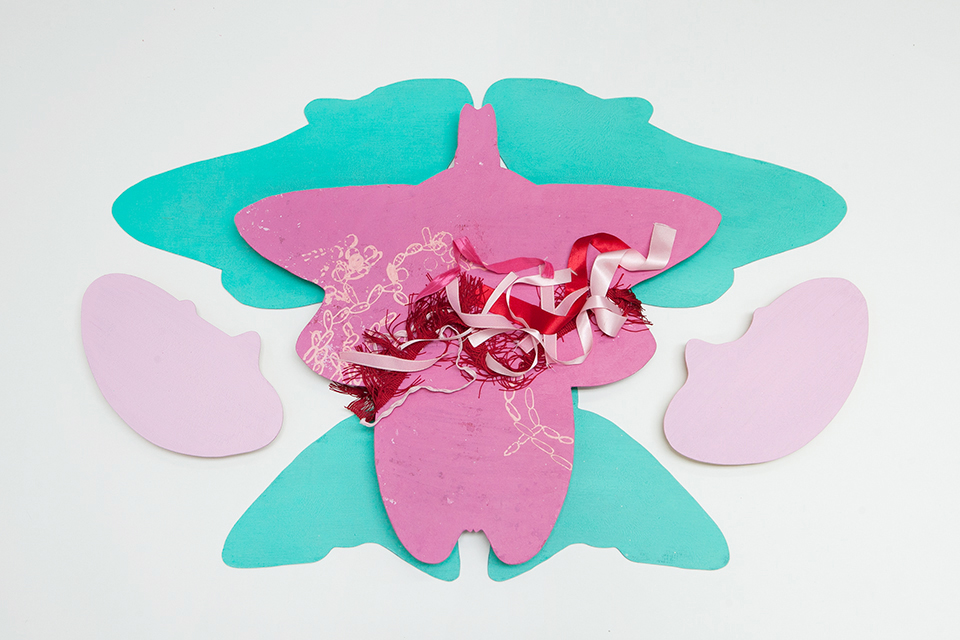 Object 001
Object 001
2015
MDF, acrylic, ribbons
90 x 57cm
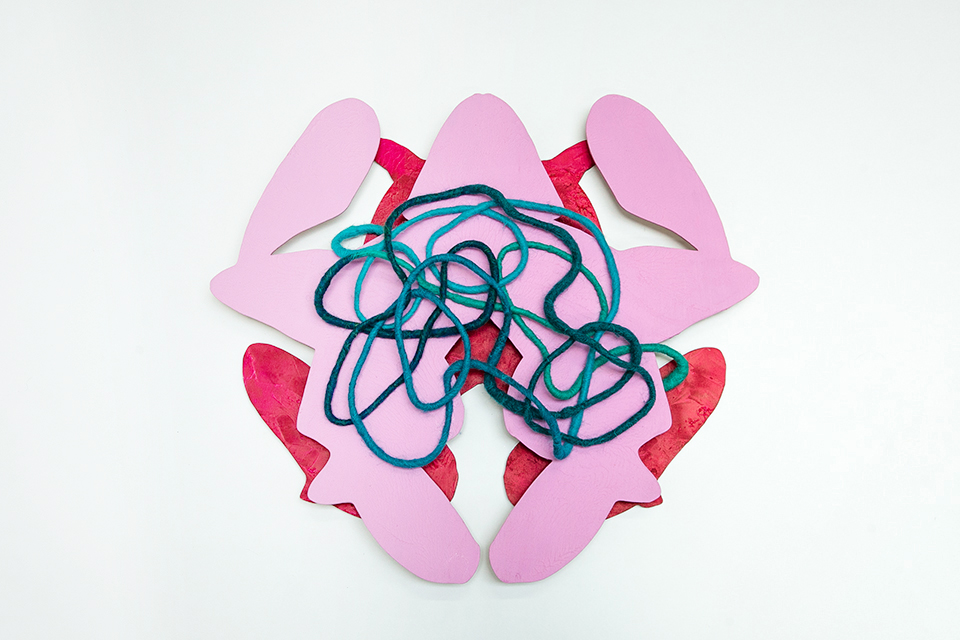 Object 002
Object 002
2015
MDF, acrylic, wool
55.5 x 50cm
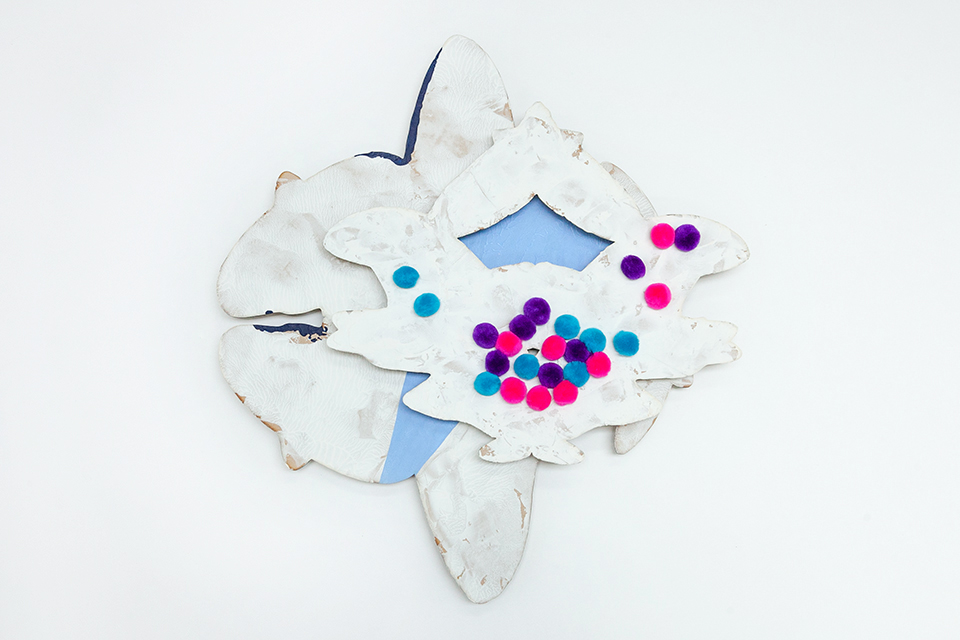 Object 003
Object 003
2015
MDF, gesso, acrylic, pompom
57 x 59.5cm
 Object 004
Object 004
2015
MDF, gesso, acrylic, pompom
32 x 28cm
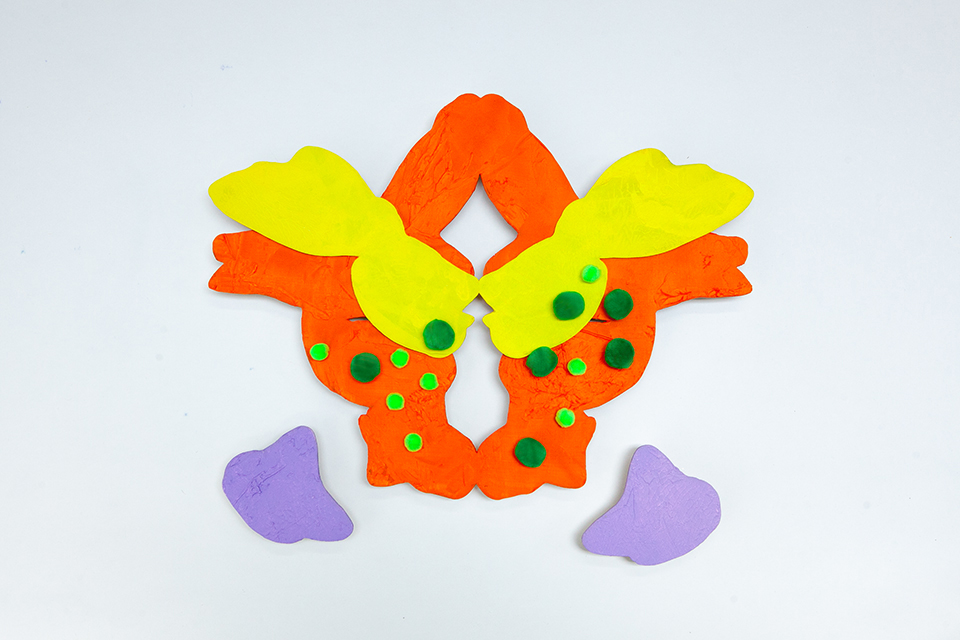 Object 005
Object 005
2015
MDF, acrylic, pompom
47 x 40cm
 Object 006
Object 006
2015
MDF, gesso, knitting wool
43 x 37cm
‘Symmetry and beauty are often claimed to be linked, particularly by mathematicians and scientists. However philosophers and art historians seem generally agreed that although symmetry is indeed attractive, there is also a somewhat sterile rigidity about it, which can make it less attractive than the more dynamic, less predictable beauty associated with asymmetry. Although a little asymmetry can be beautiful, excess merely results in chaos. As Adorno suggested, asymmetry probably results most effectively in beauty when the underlying symmetry upon which it is built is still apparent.’ (McMANUS, 2005:157)
Undeniable, I am attracting by the rule of symmetry as main structure support for most of the living creature, this art pieces are arranged symmetrically, but there is one with exception. Colours have to be dramatic, contrast, and have their own dialogues. Three dimension elements would be thrown freely on the top to create another scene by chance and real. Where real comes from spontaneous and randomness.
Previously I was interested in exploring how one might visualize symmetry when reflecting on daily life and nature, making artworks that deal with this rules of symmetry. I was making art work using a 2-fold inkblot technique. It was a good way for me to present forms of reflected symmetry. I have then drawn some patterns to develop different organisms, characters, frequencies or changes as they related to ideas of earth and the planet. This is important to me, visually exploring the way in which we share an atmosphere. Drawing through both observation and invention is a way of reflecting my memory and imagination back towards this world. “Your eyes and your brain are saying something back” (Playing with space and light, 2009)
Culturally there are many examples of symmetry in architecture: consumer products, decorative interiors, cultural motifs and ceramic works are contain invisible lines of symmetry, such as Persian rugs, Peranakan tiles, Wau-Malaysia Kite and Arabic patterns in window; also in simpler objects like a ring, a mug, a shirt, a dress, a car, a bag, a watch and so on.
‘Structures can be understood and qualities felt in a single, balanced perception of order, in an experience, which has characteristics of scientific and artistic activity both. This balance is also possible on complex levels; one and the same set of created symbols can evoke an intense emotional response to the richness of its sensed patterns and convey an idea of logical structure.’ (Kepes, 1956:22)
Bibliography
McMANUS, I. C (2005) ‘Symmetry and Asymmetry in Aesthetics and The Arts’ In: European Review Volume 13 (S2) pp.157-160
Kepes, Gyorgy (1956) The New Landscape in Art and Science. Chicago: Paul Theobald and Co.
